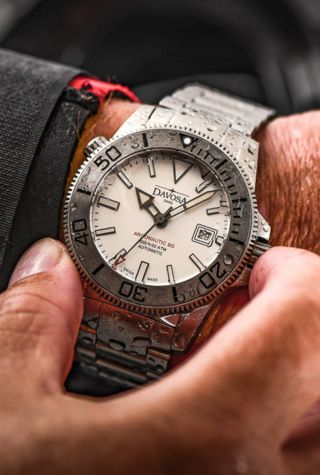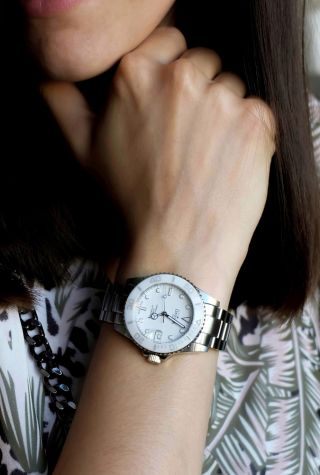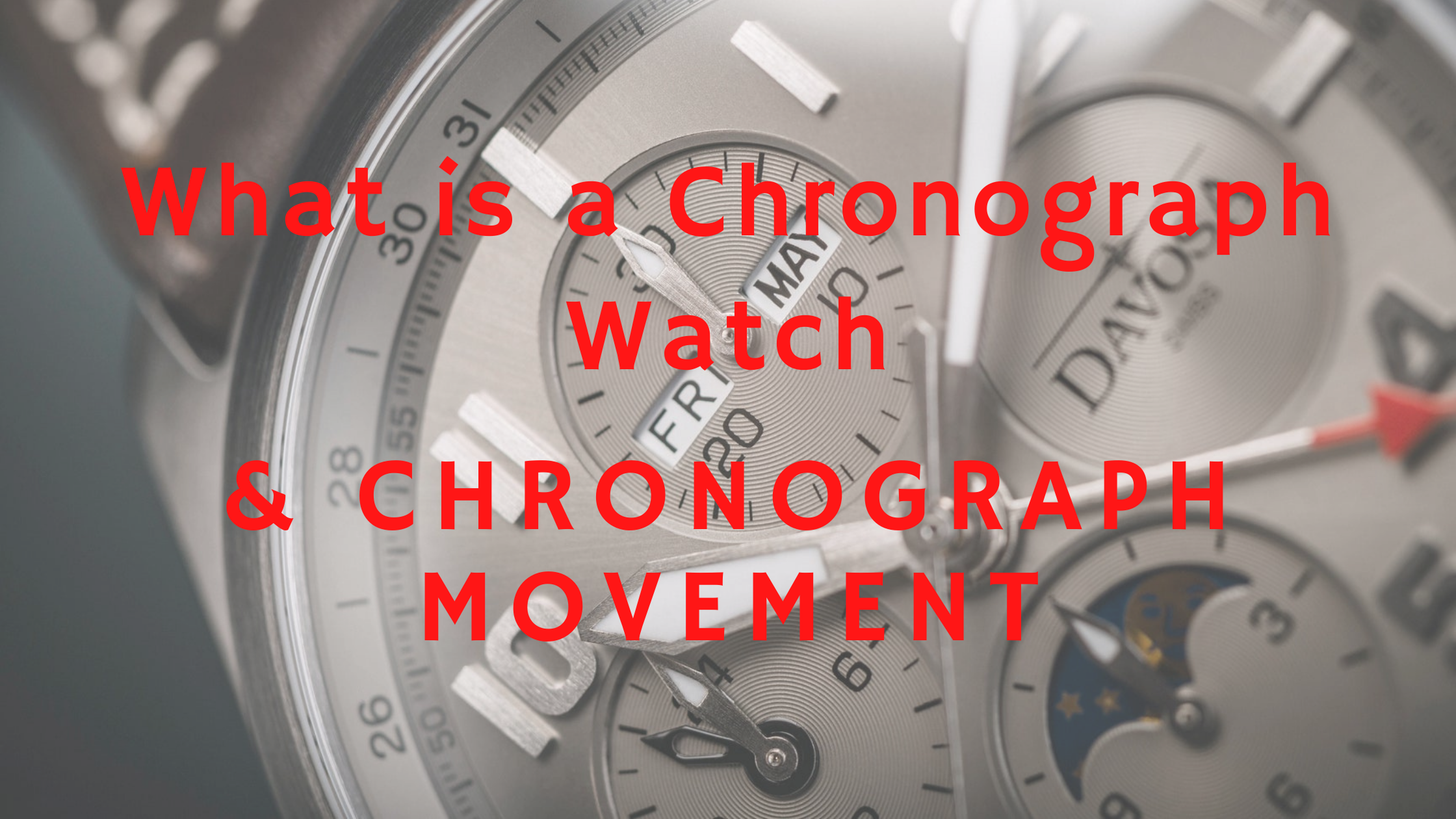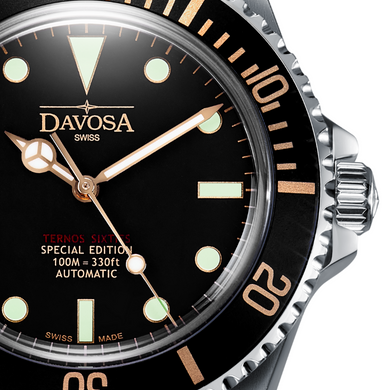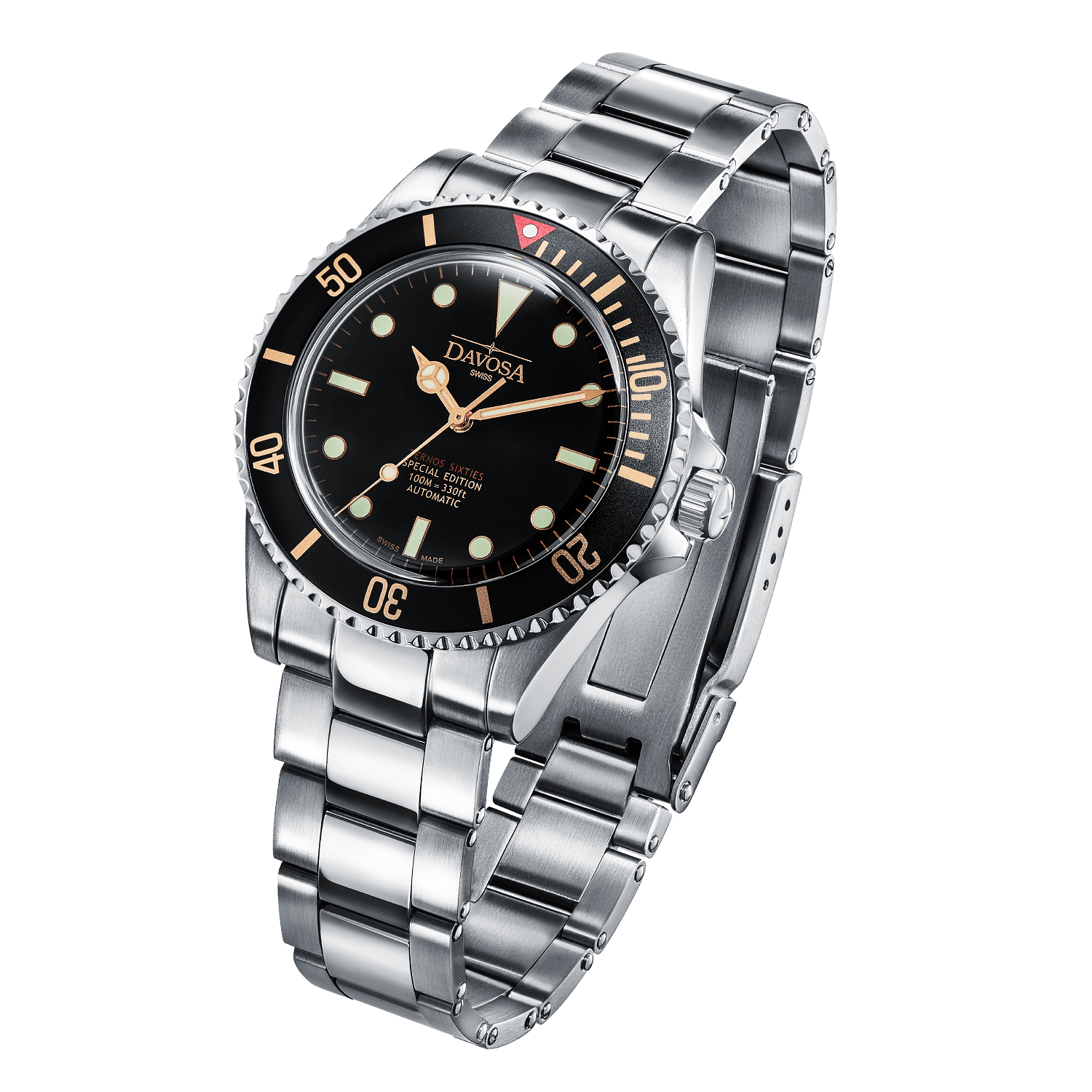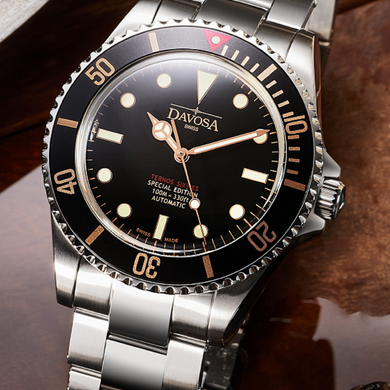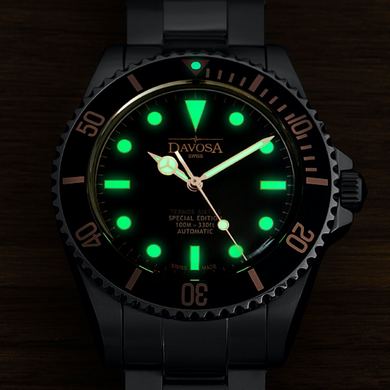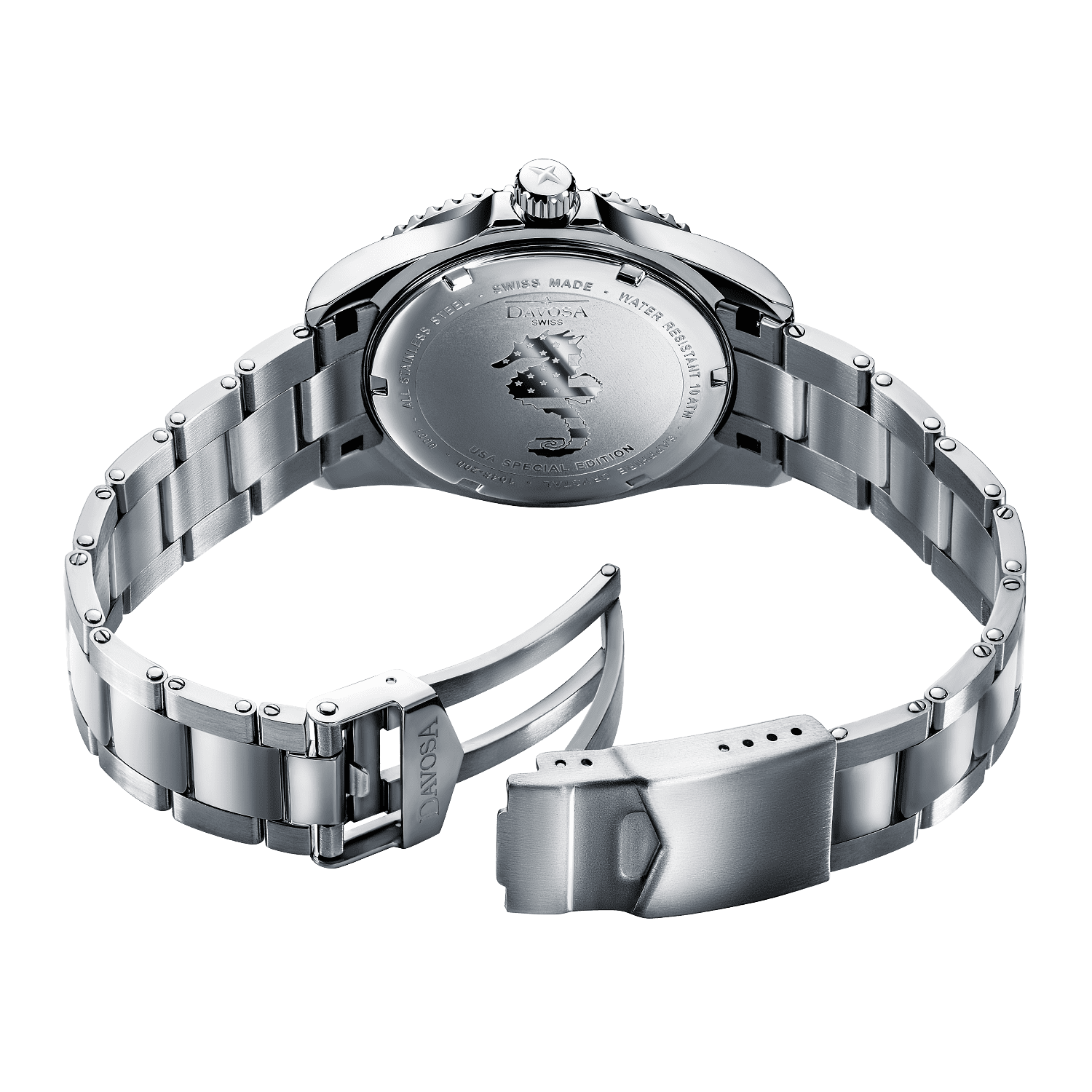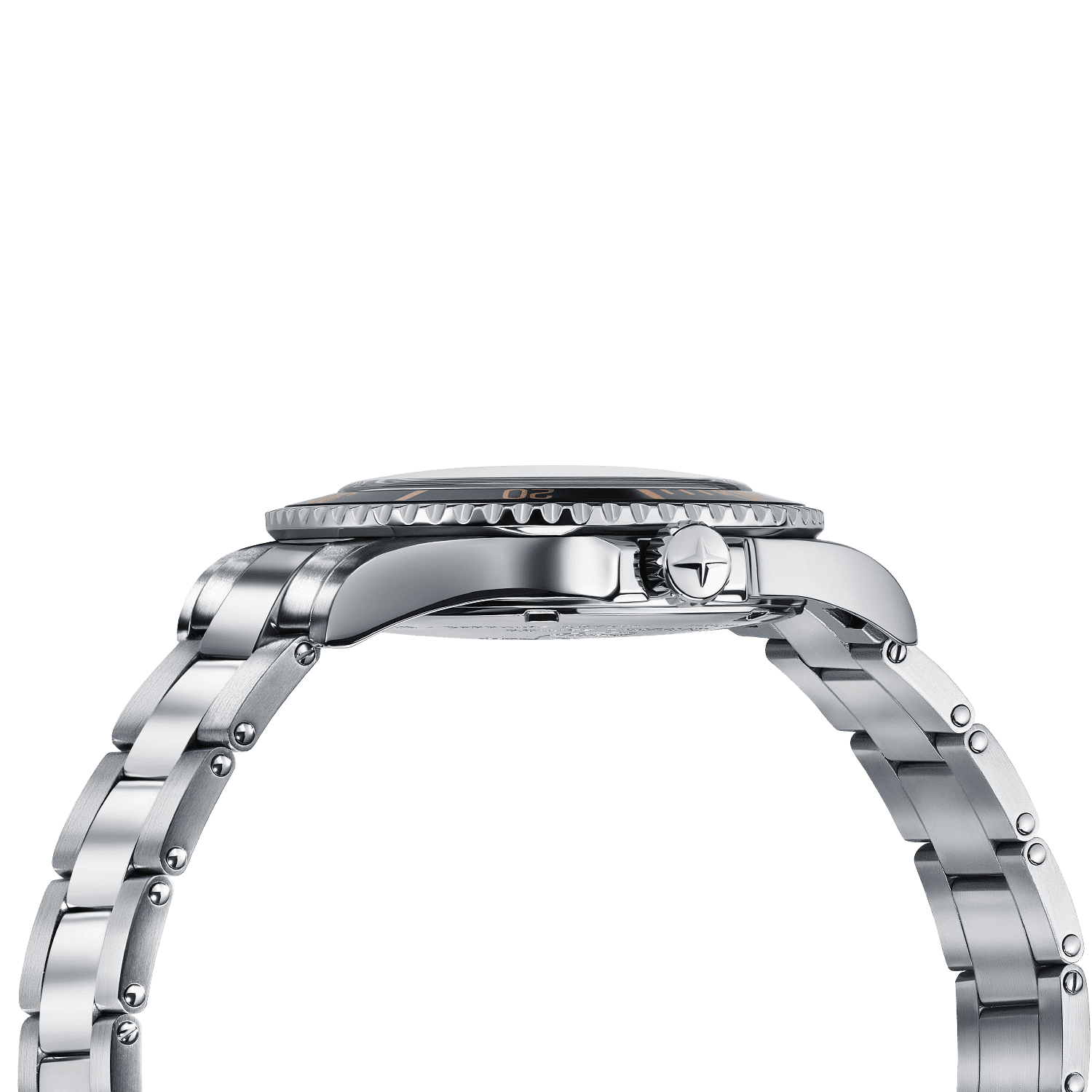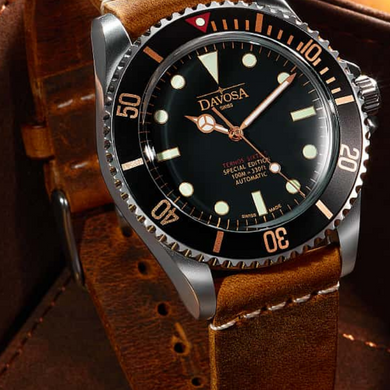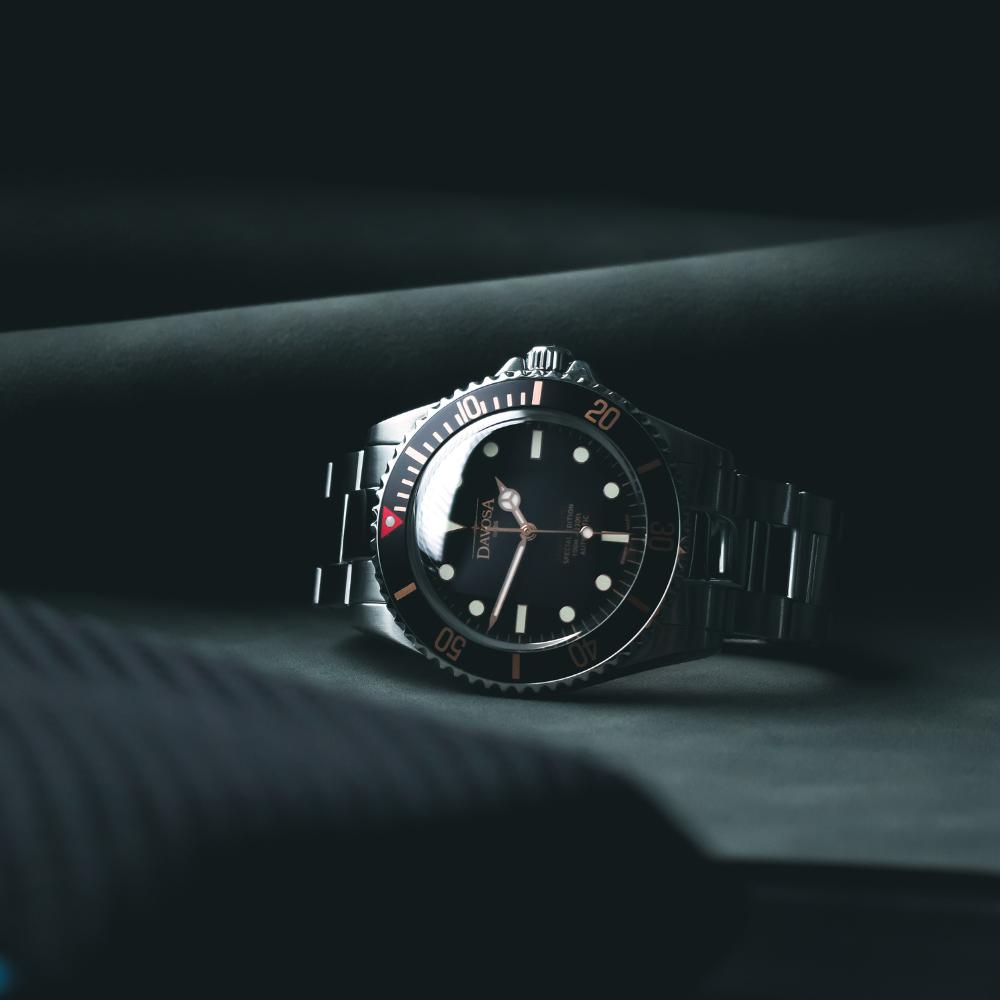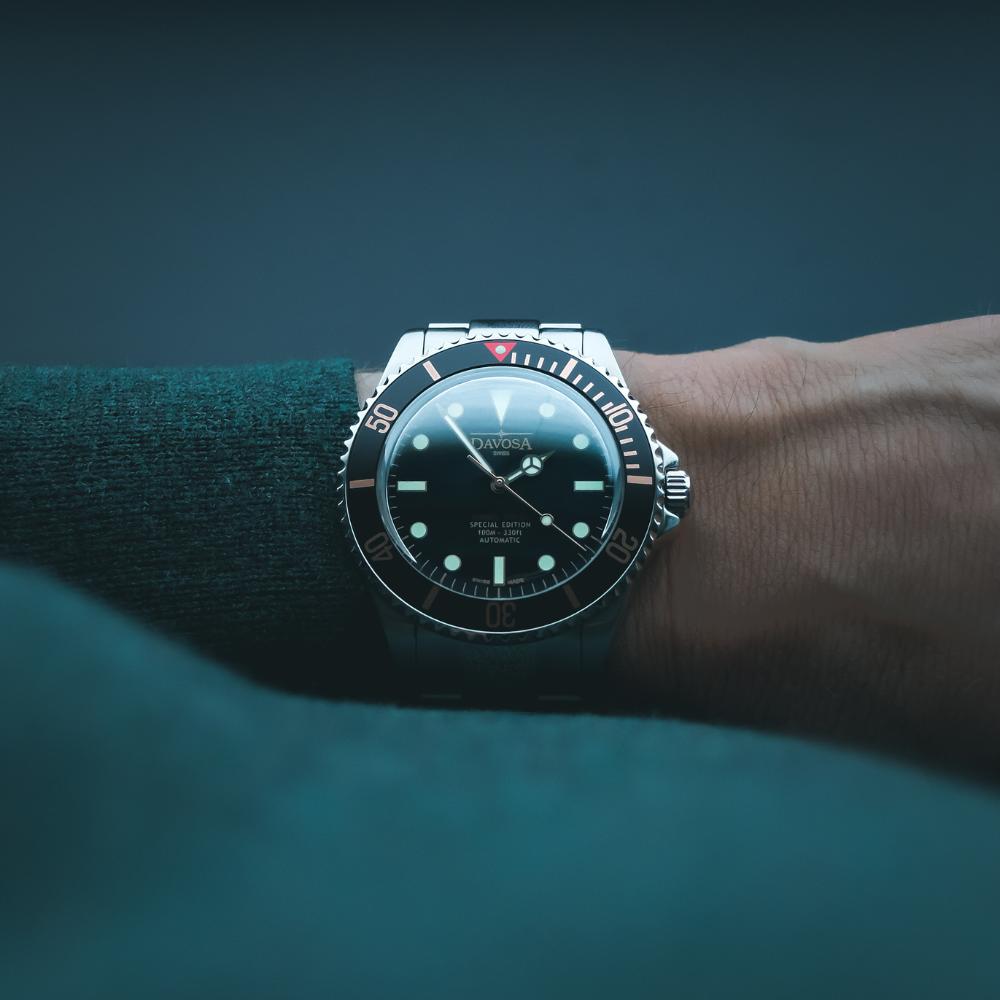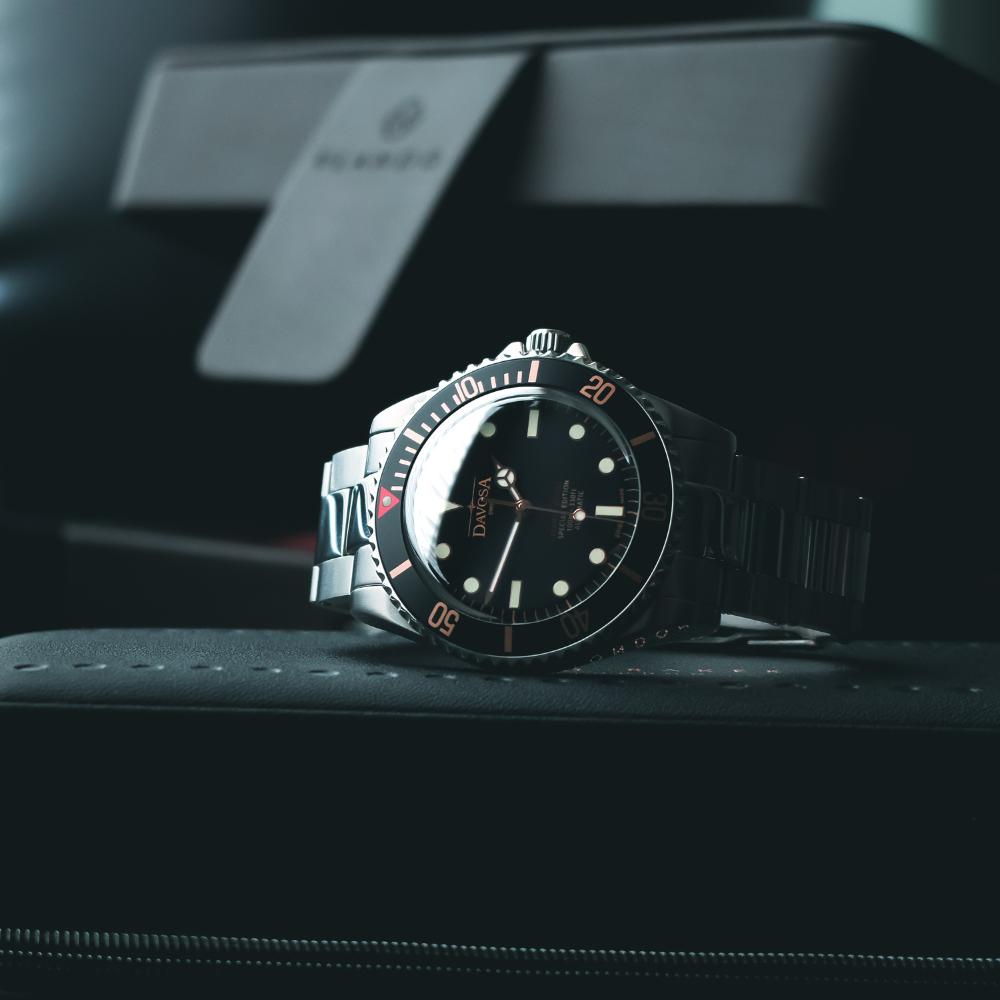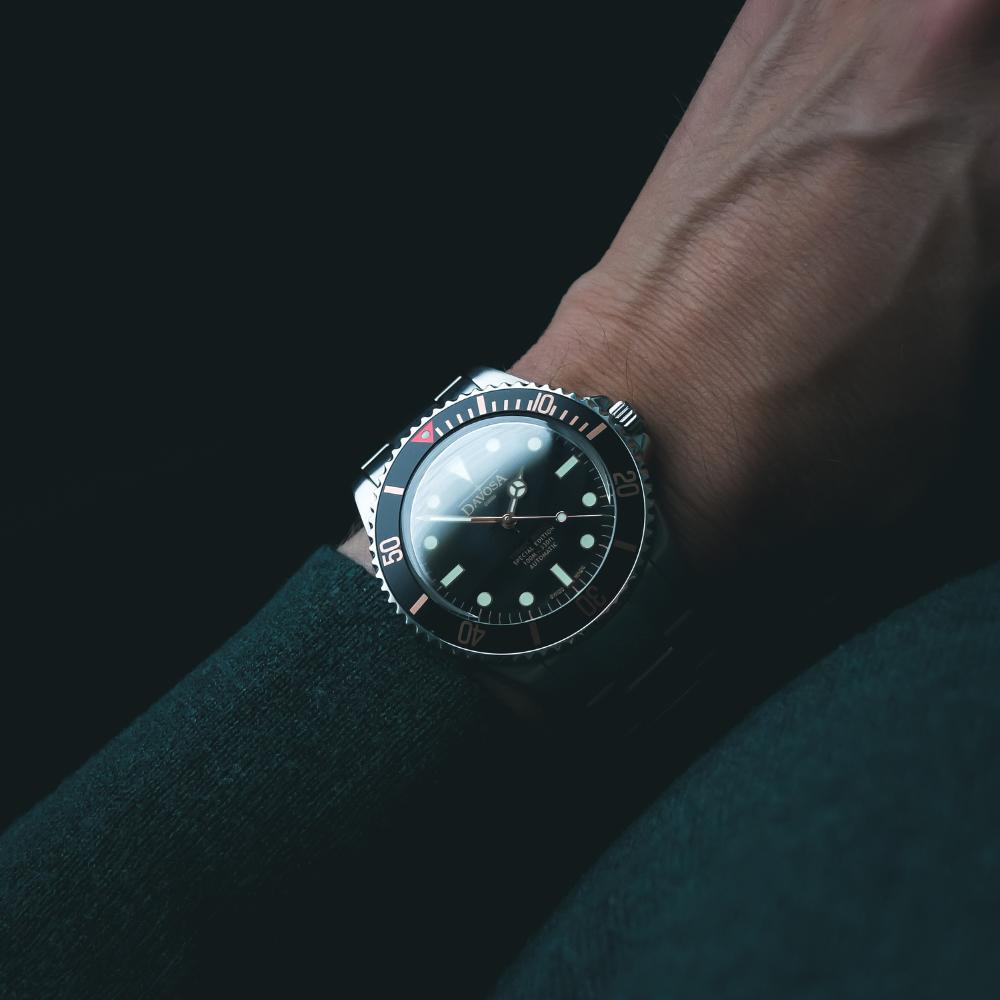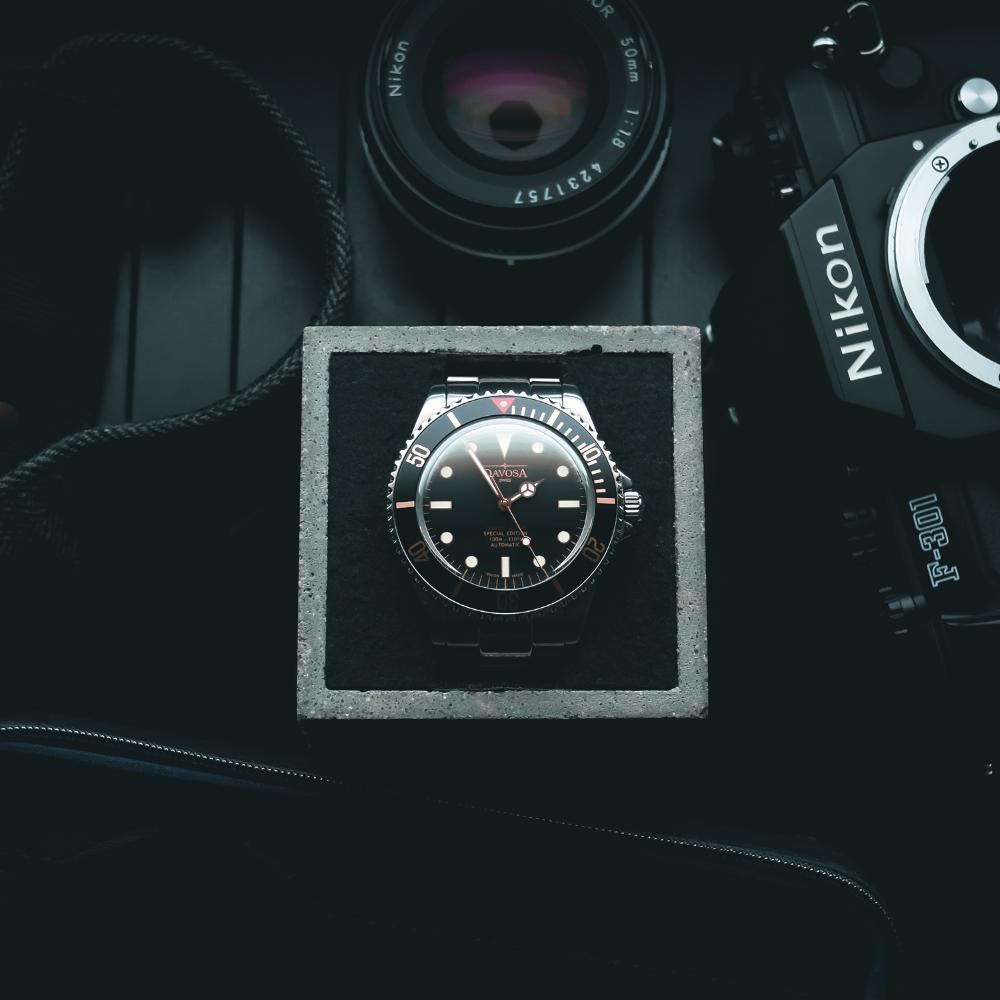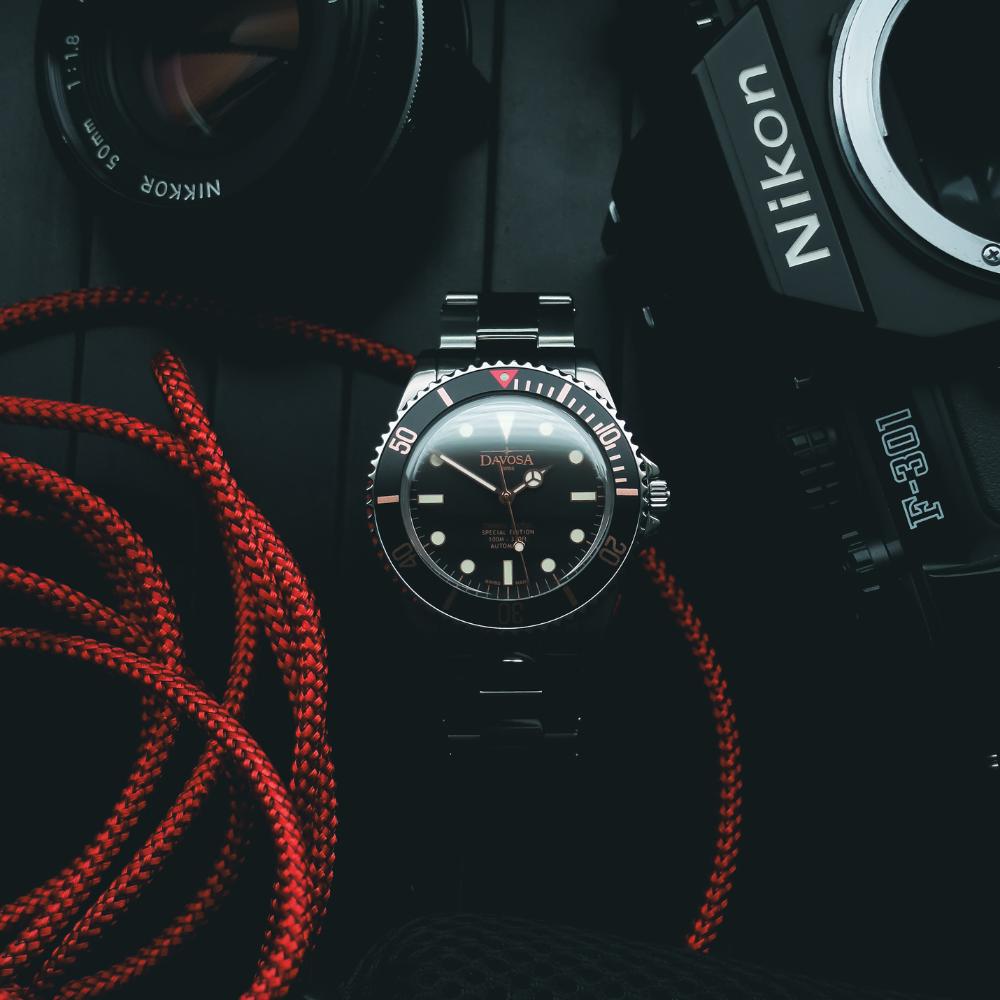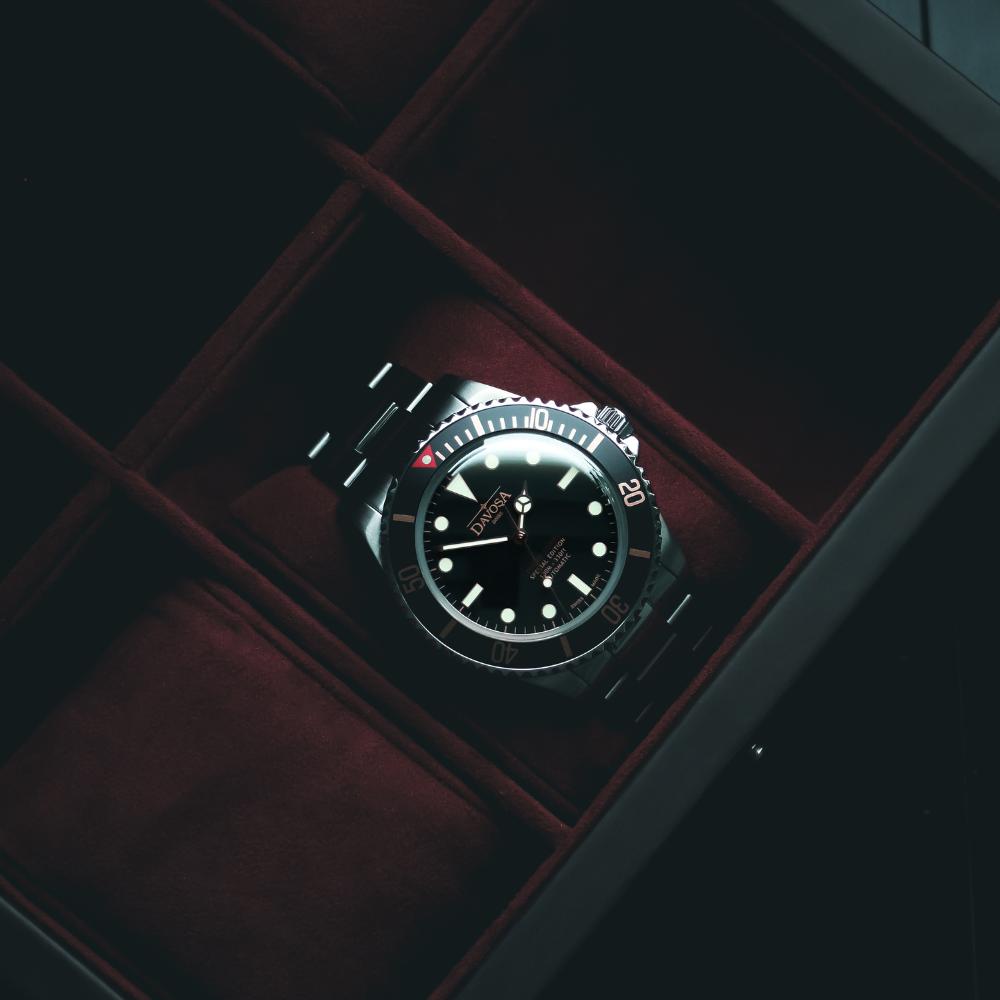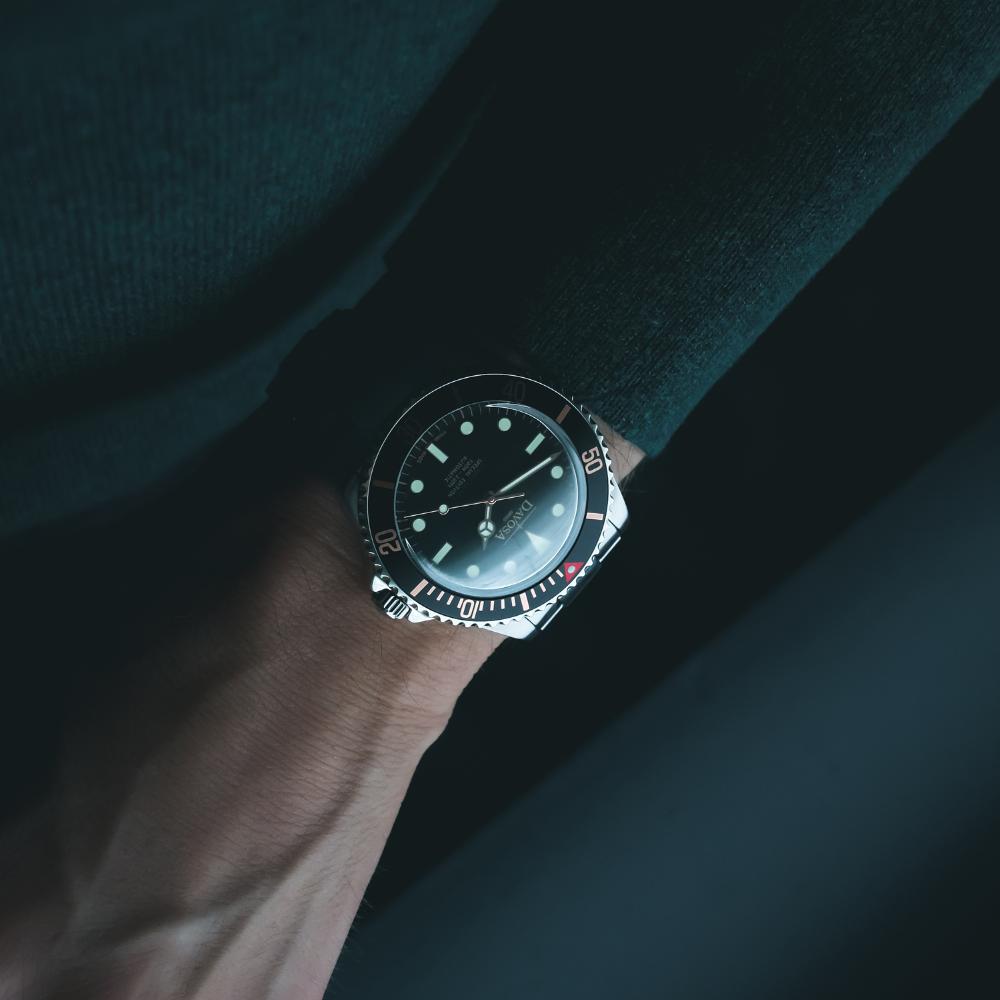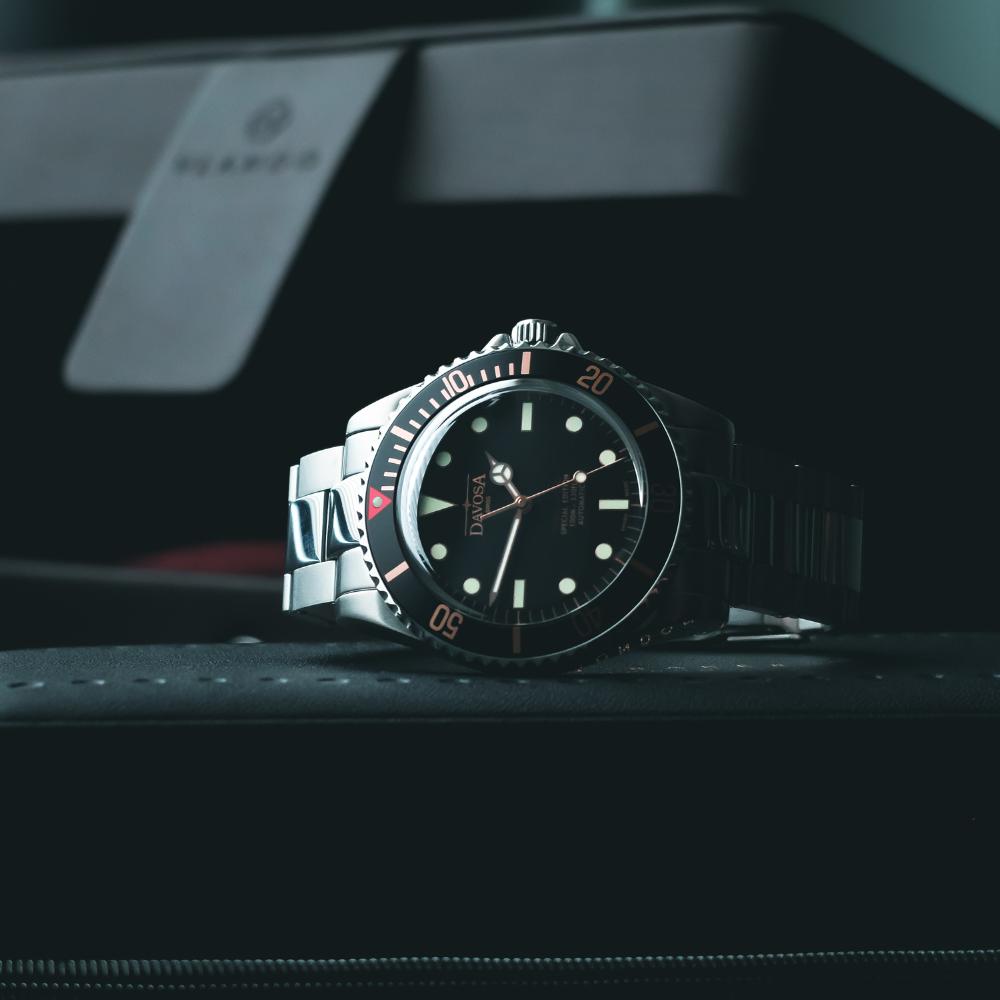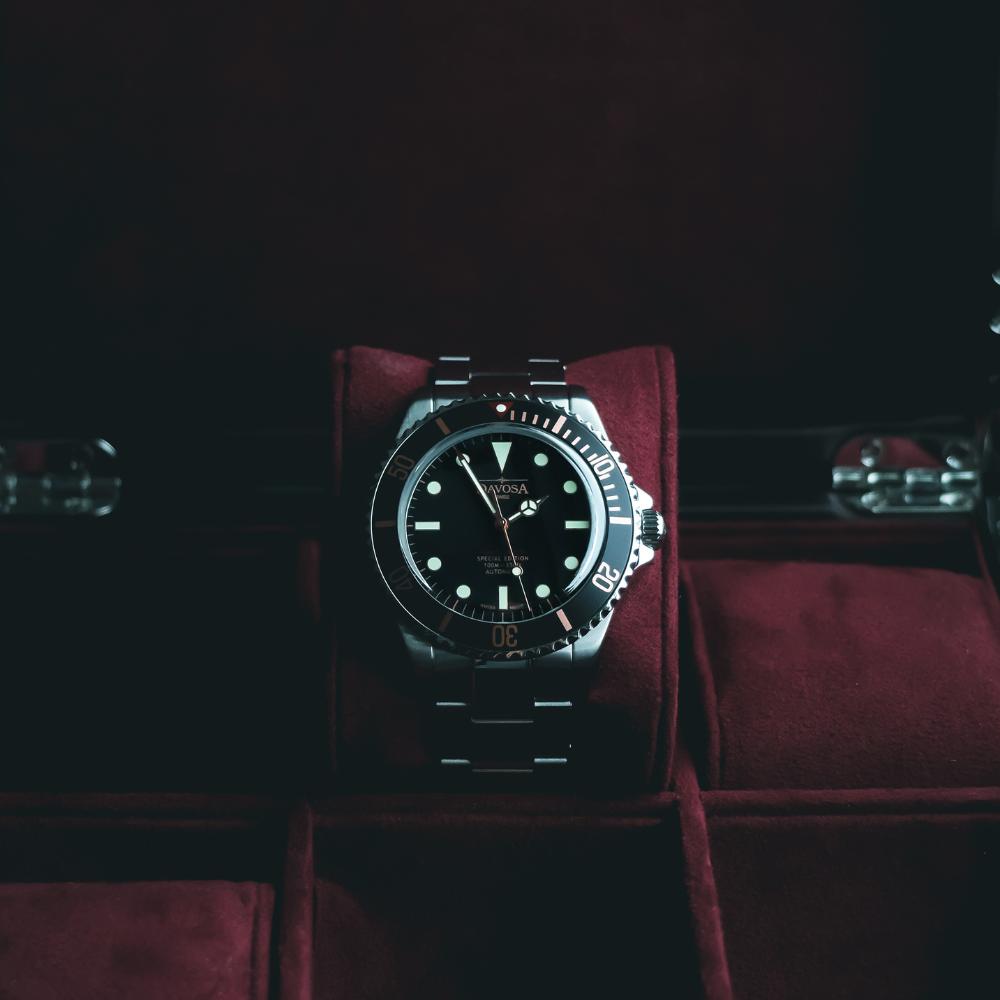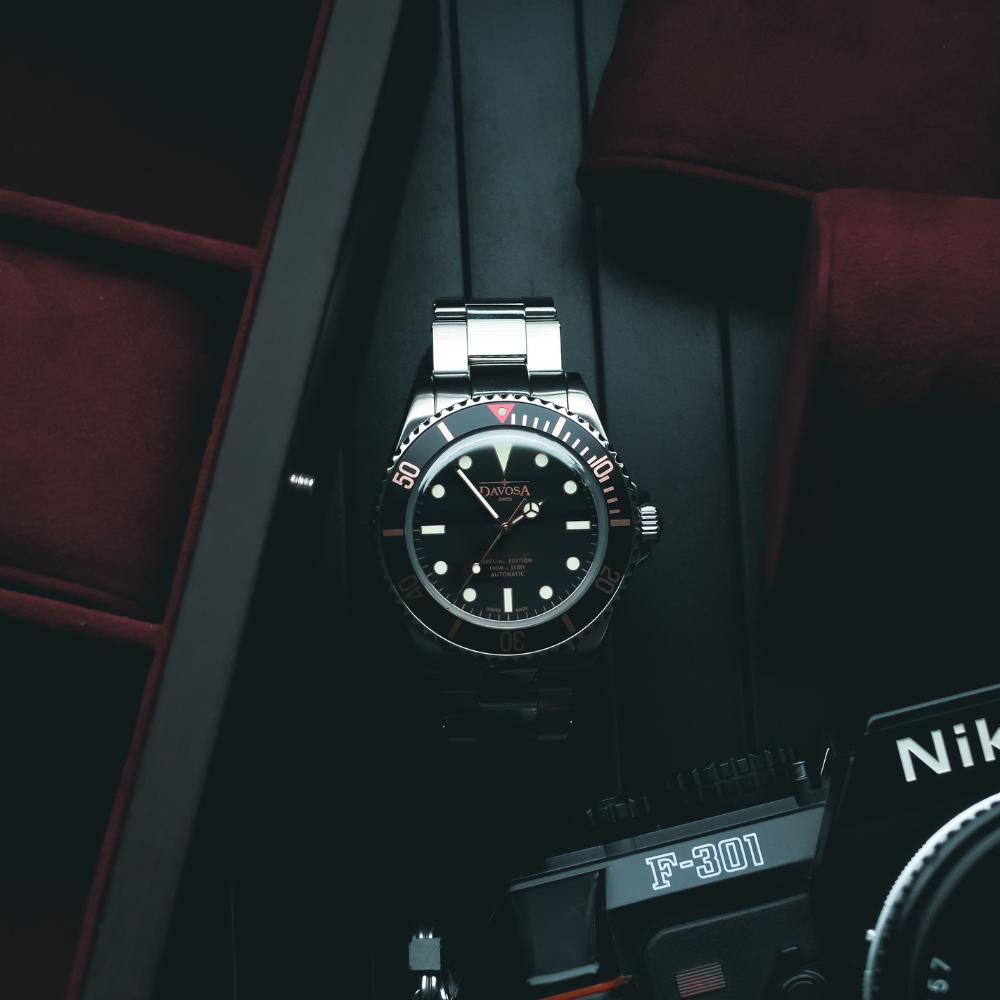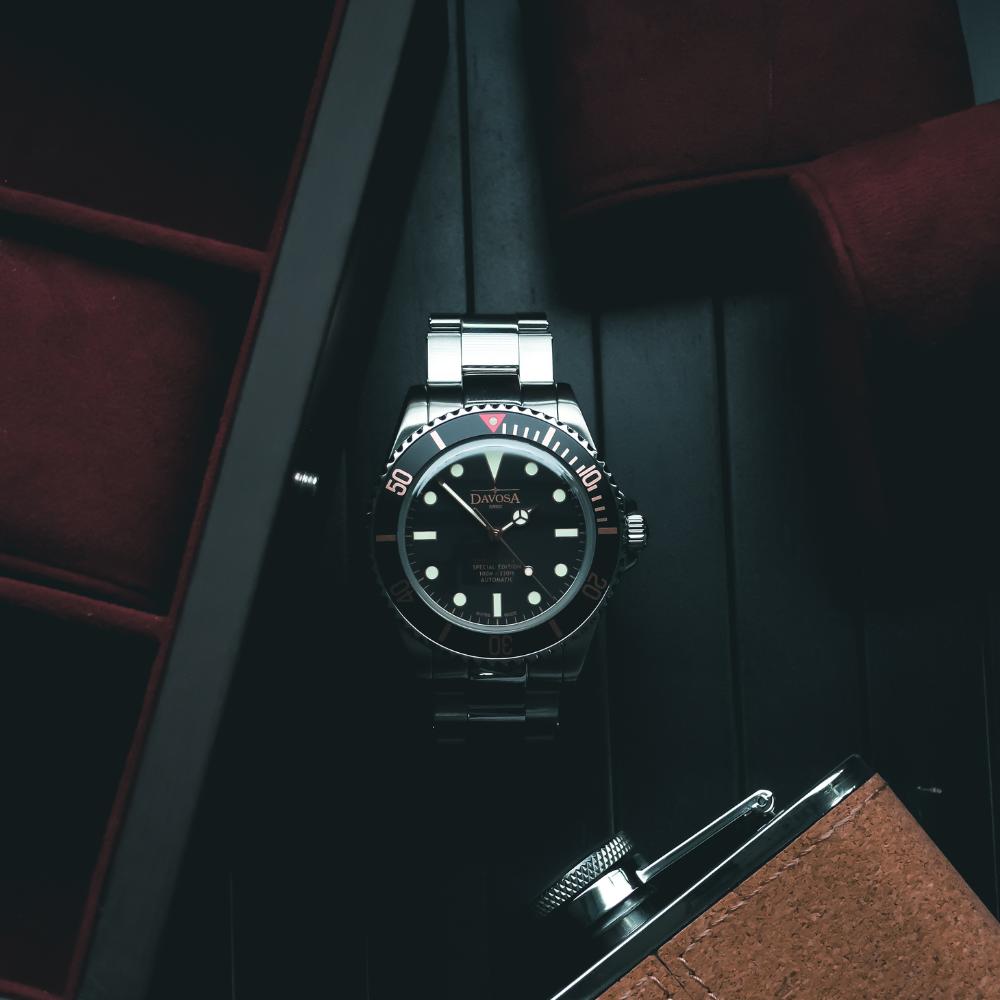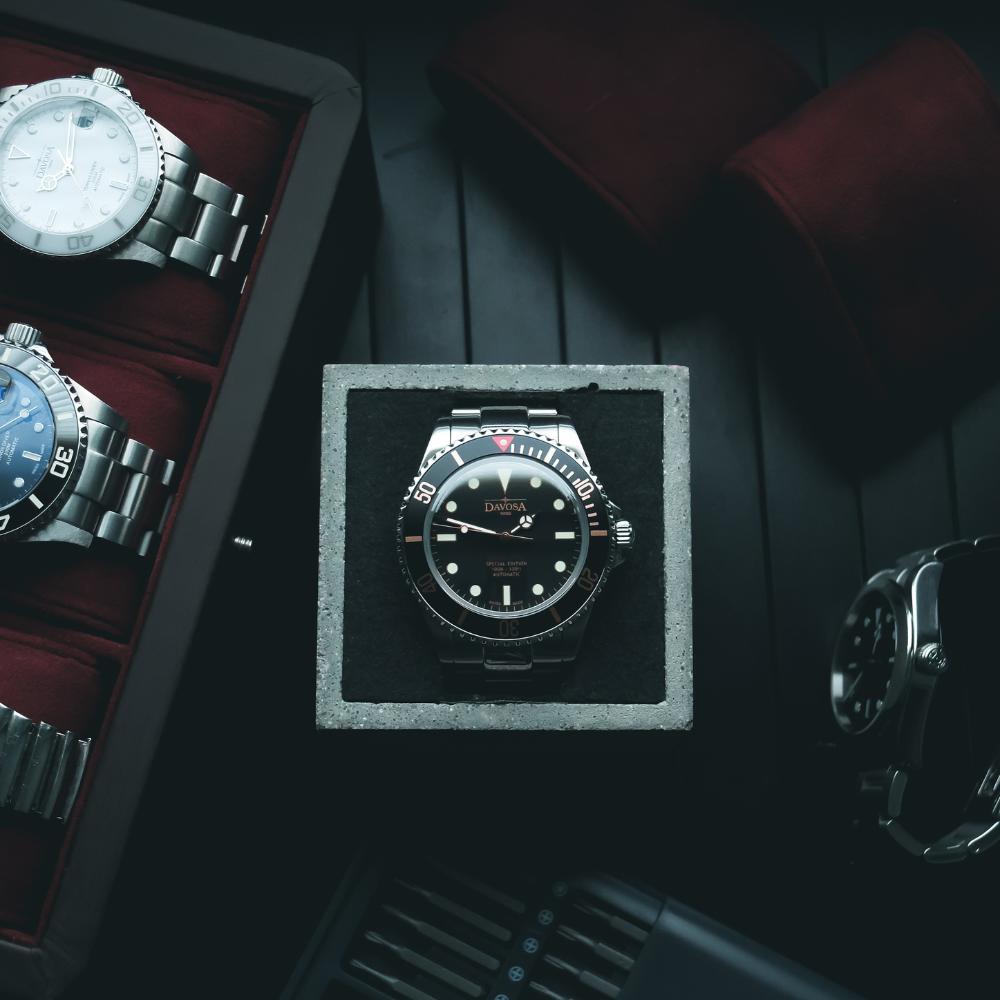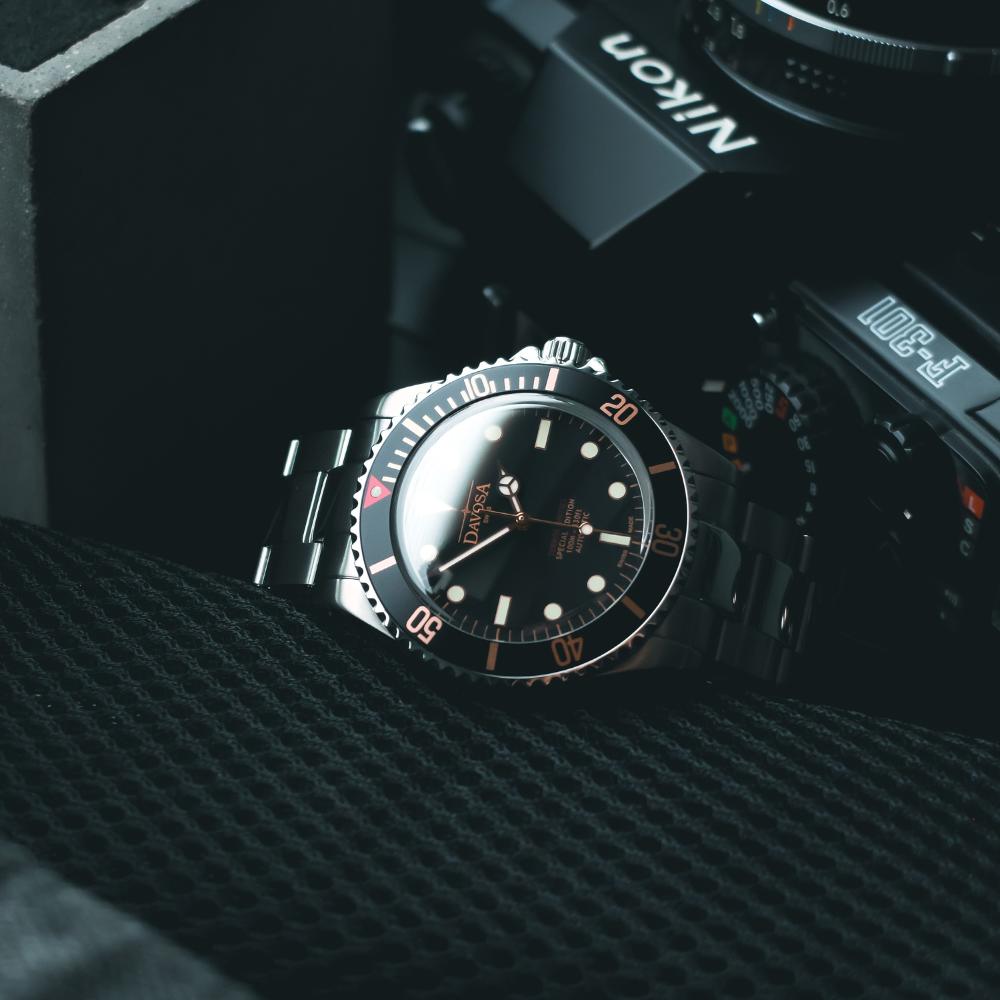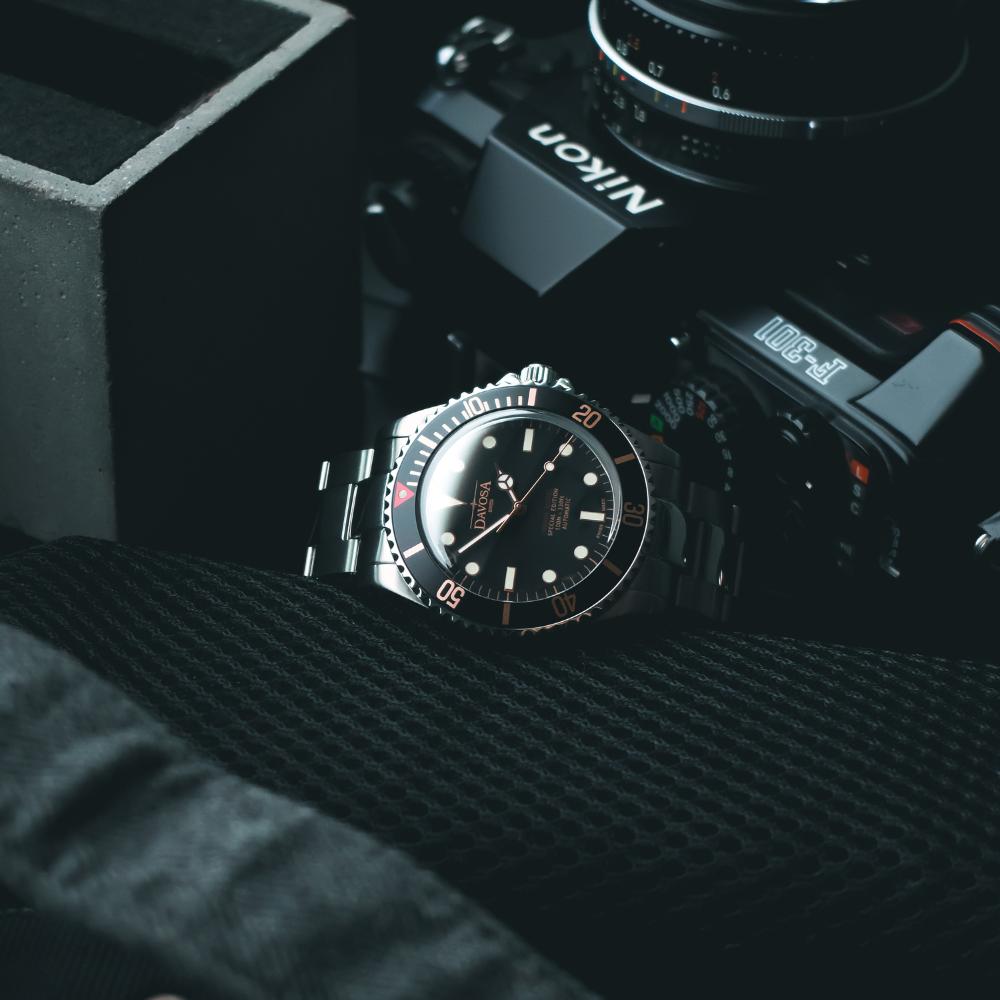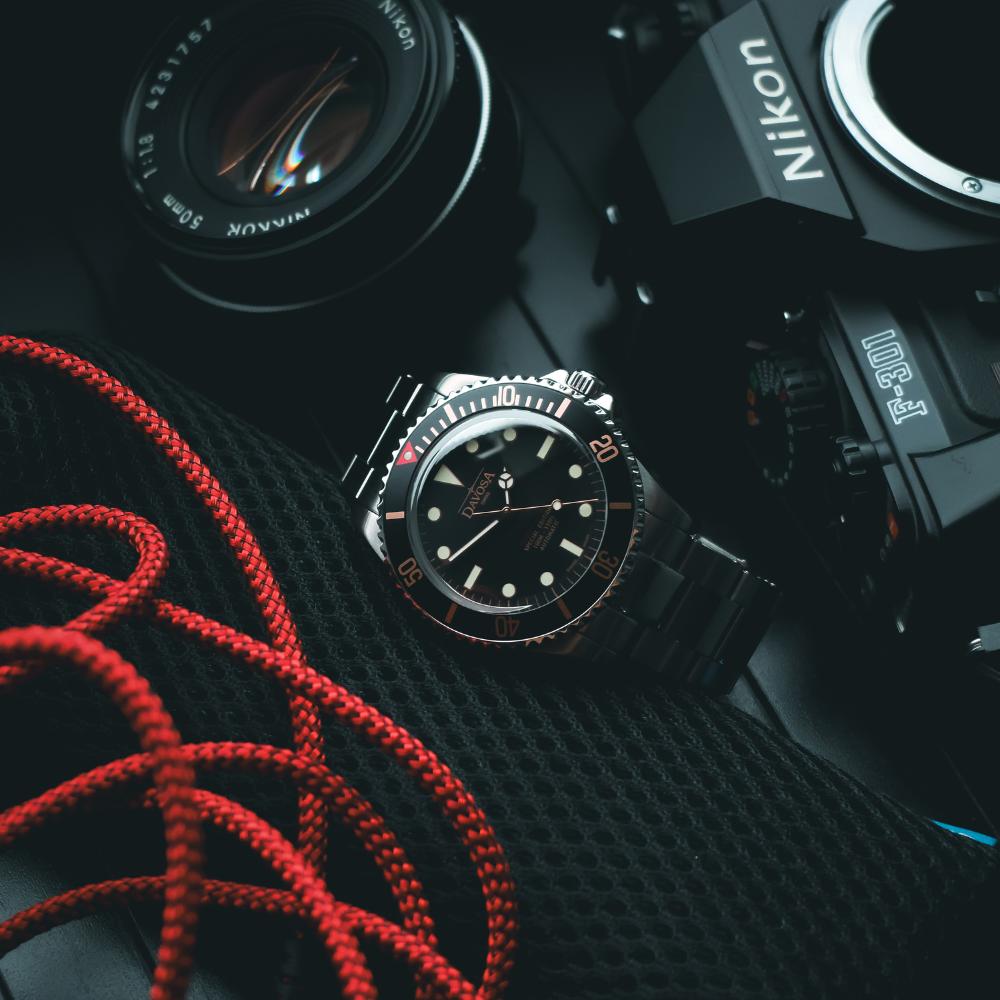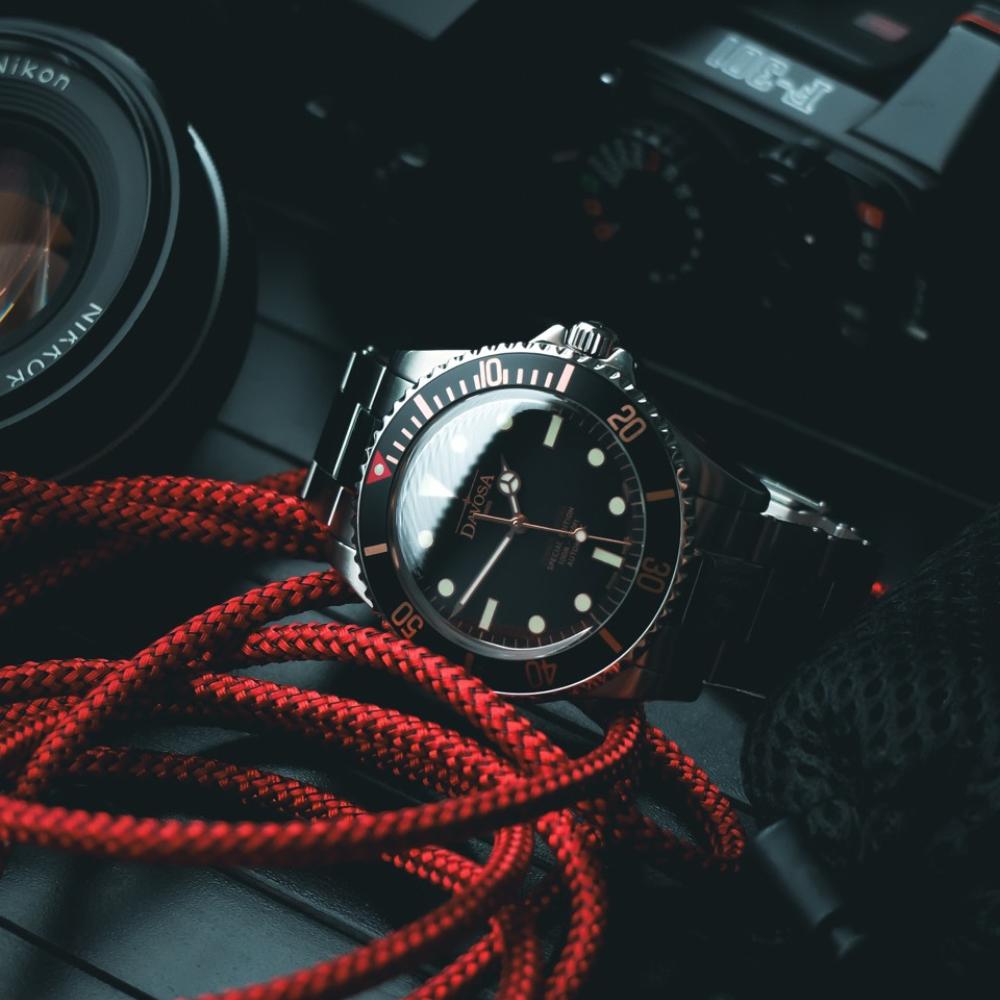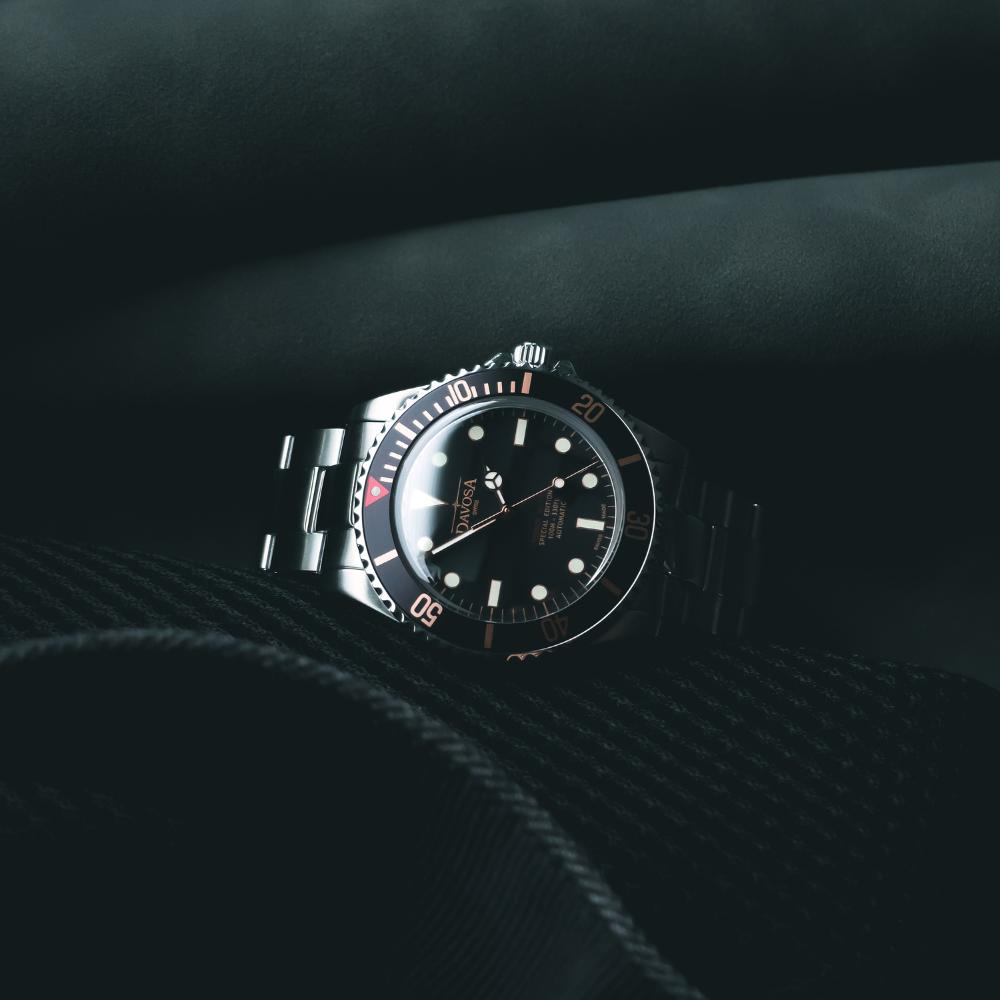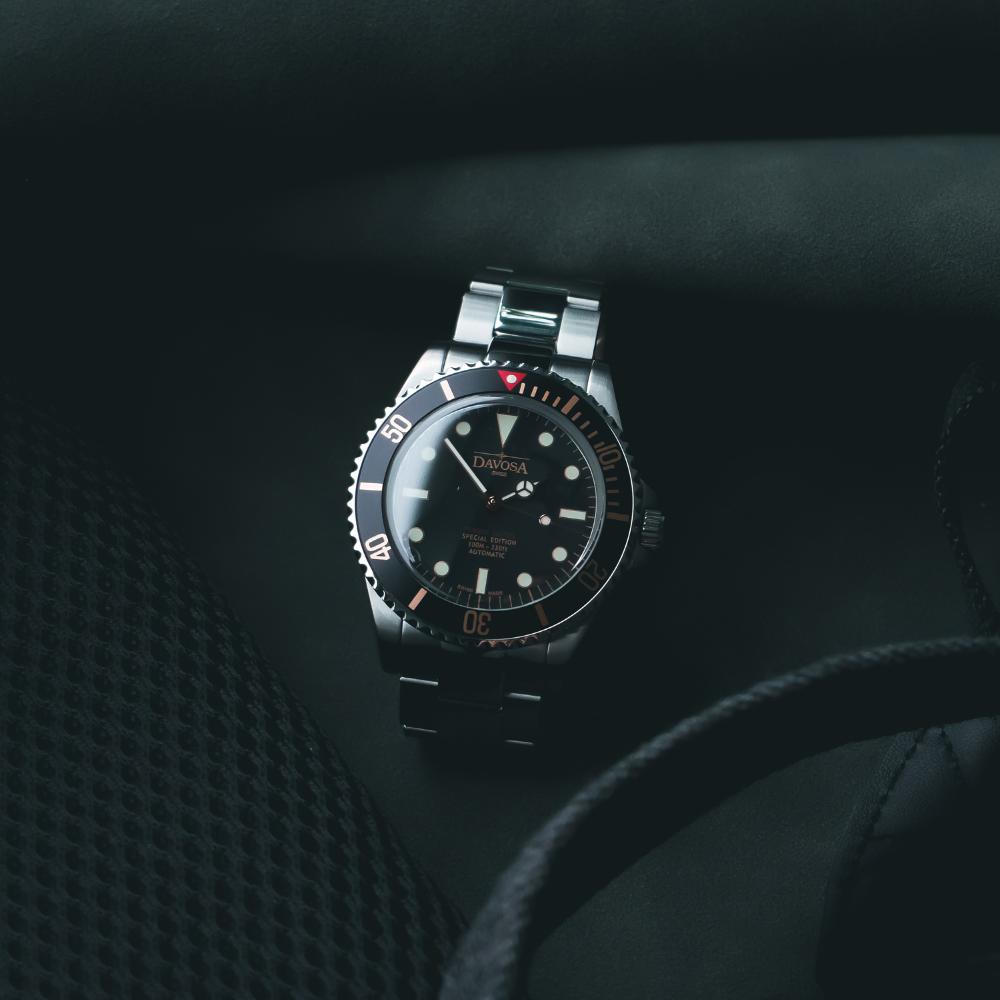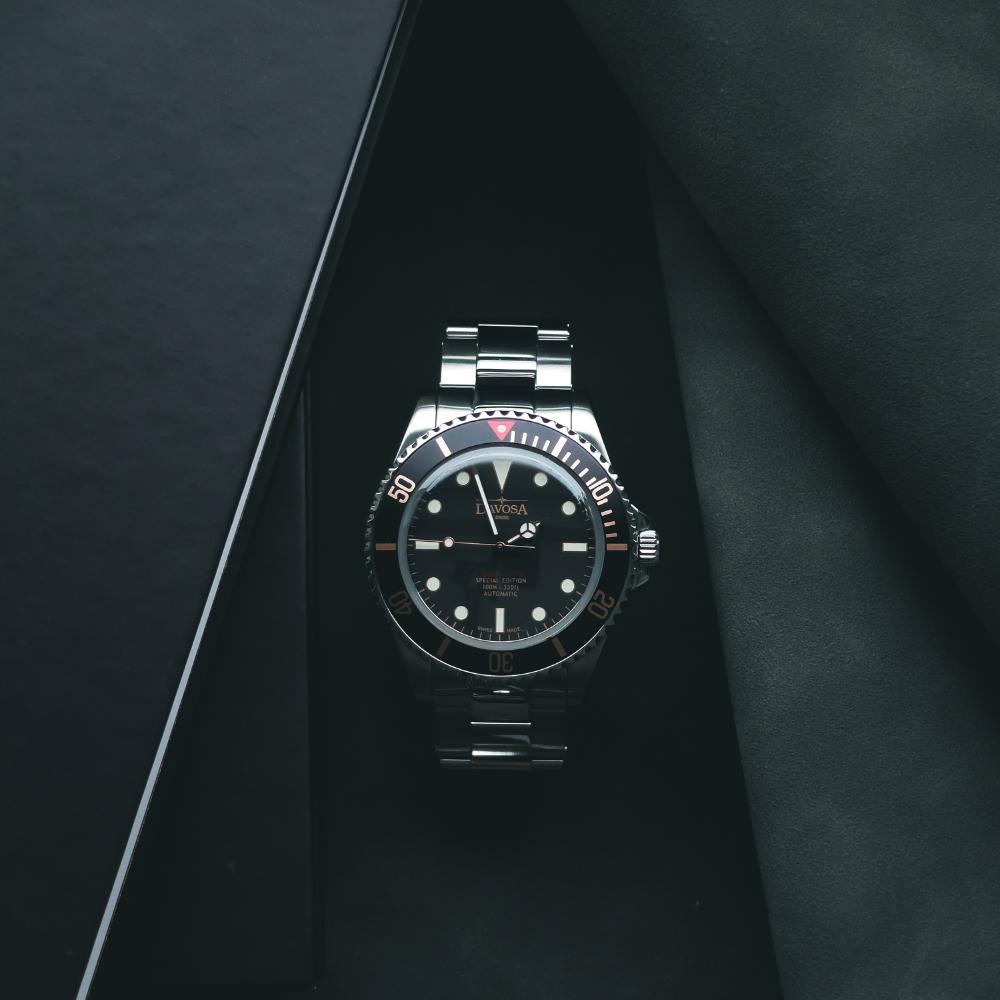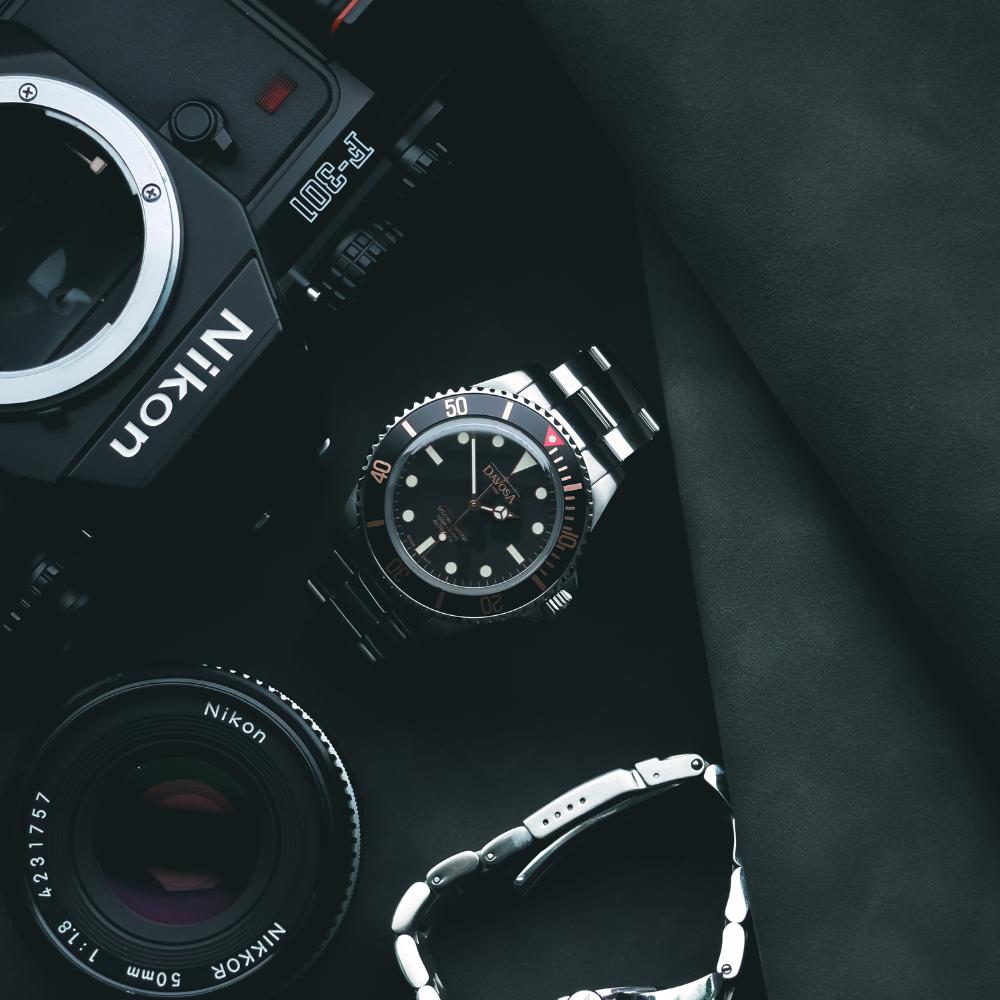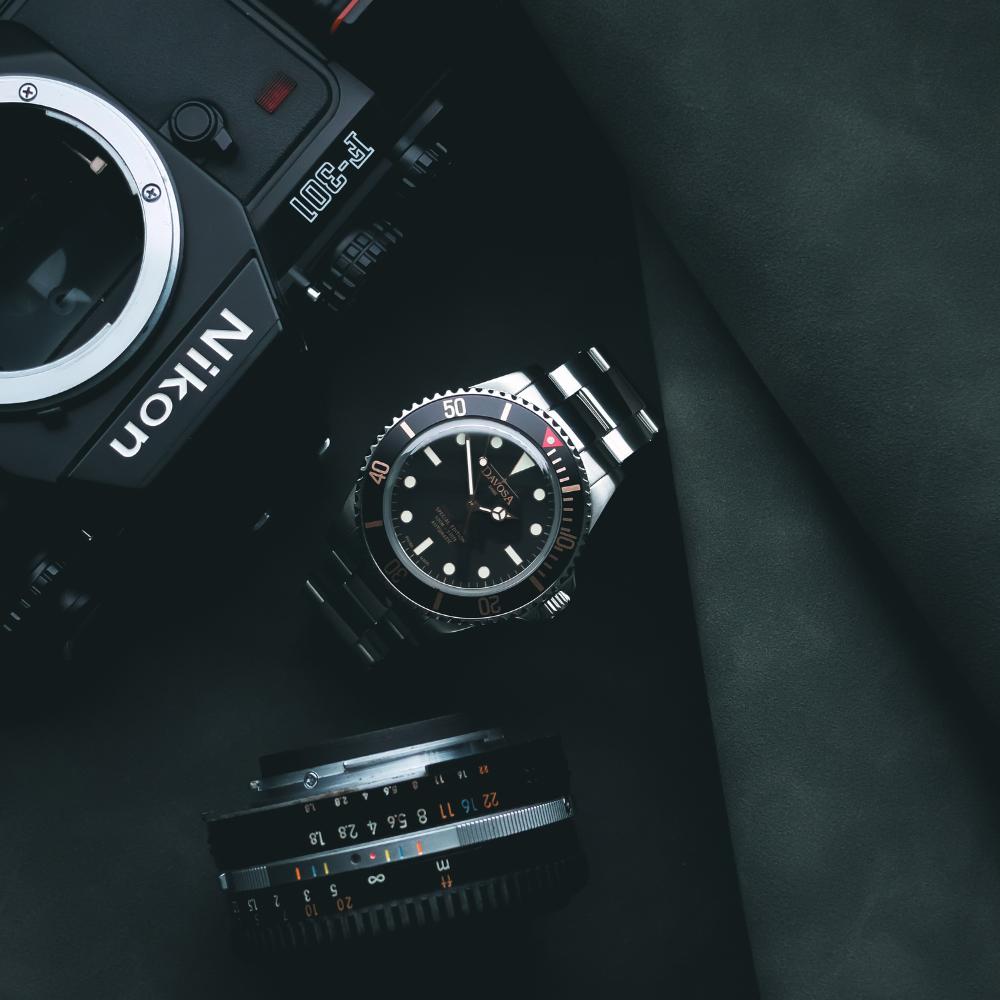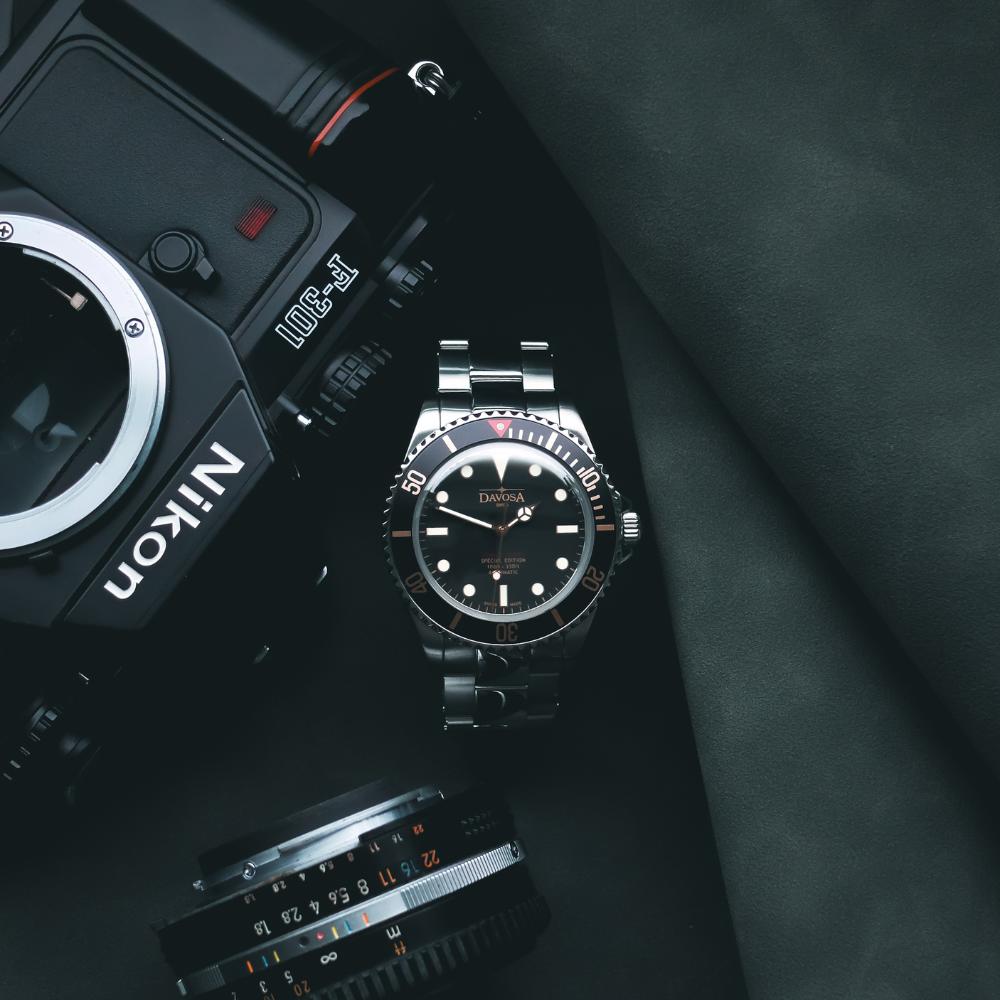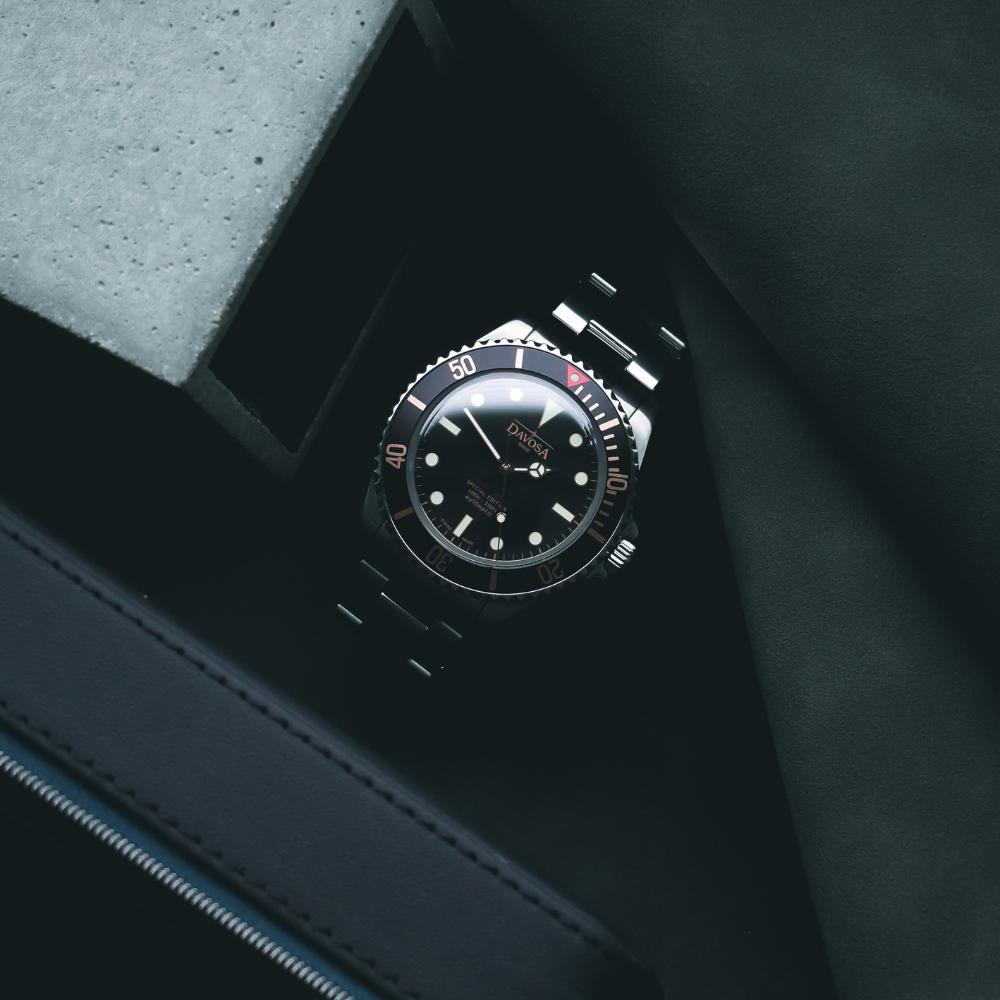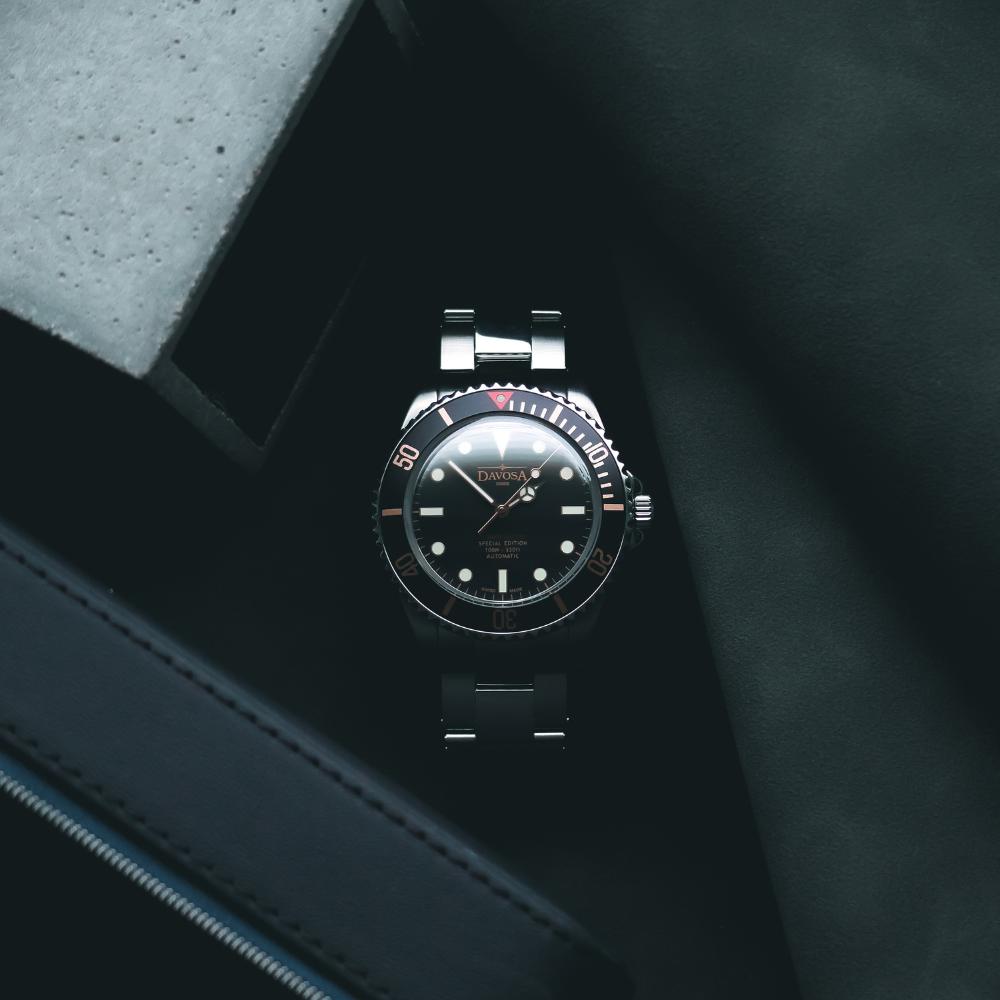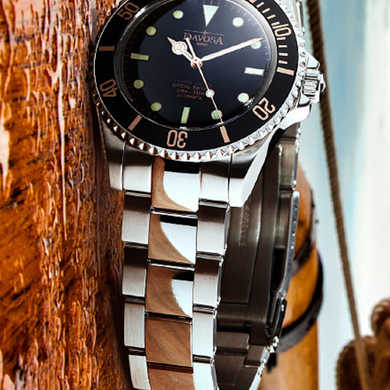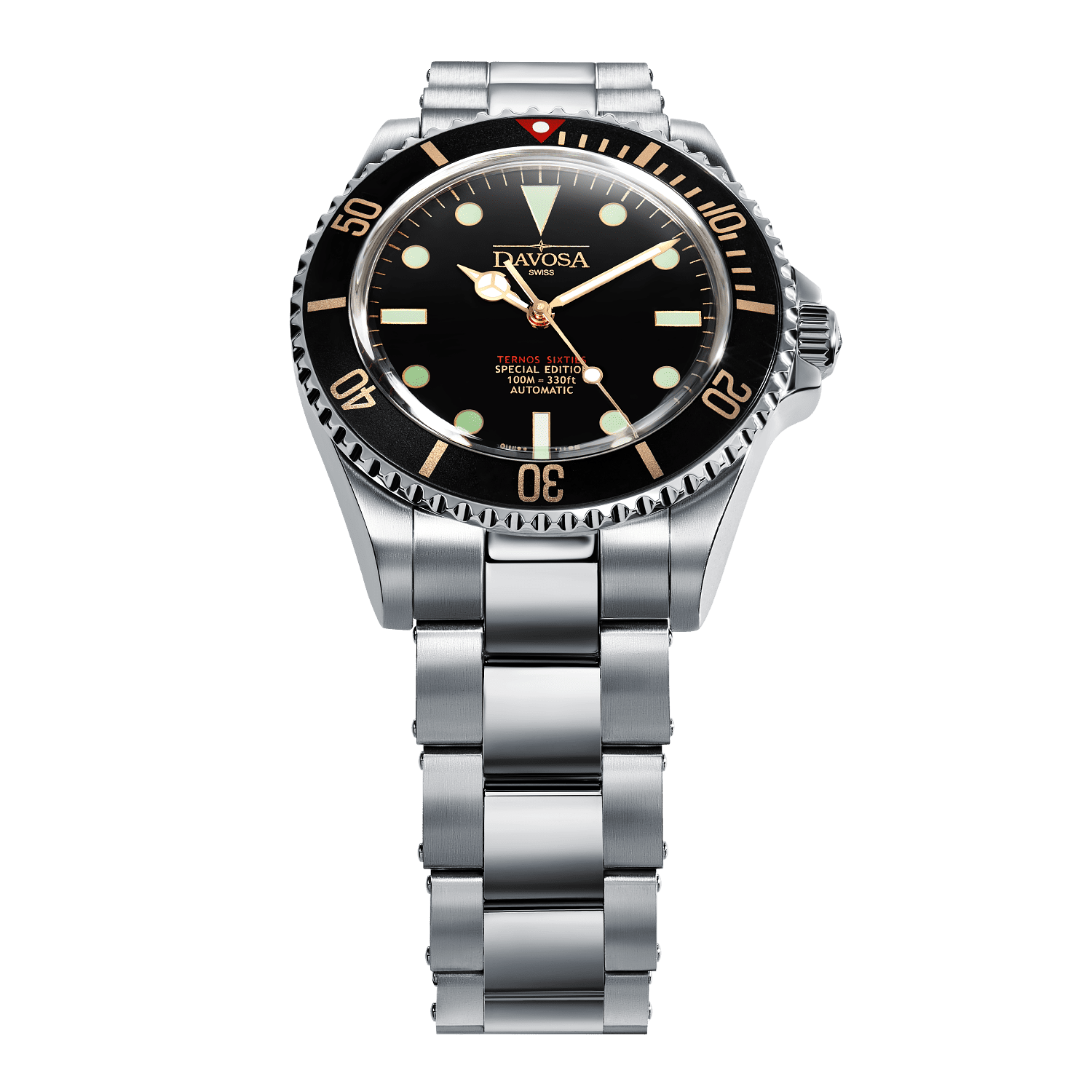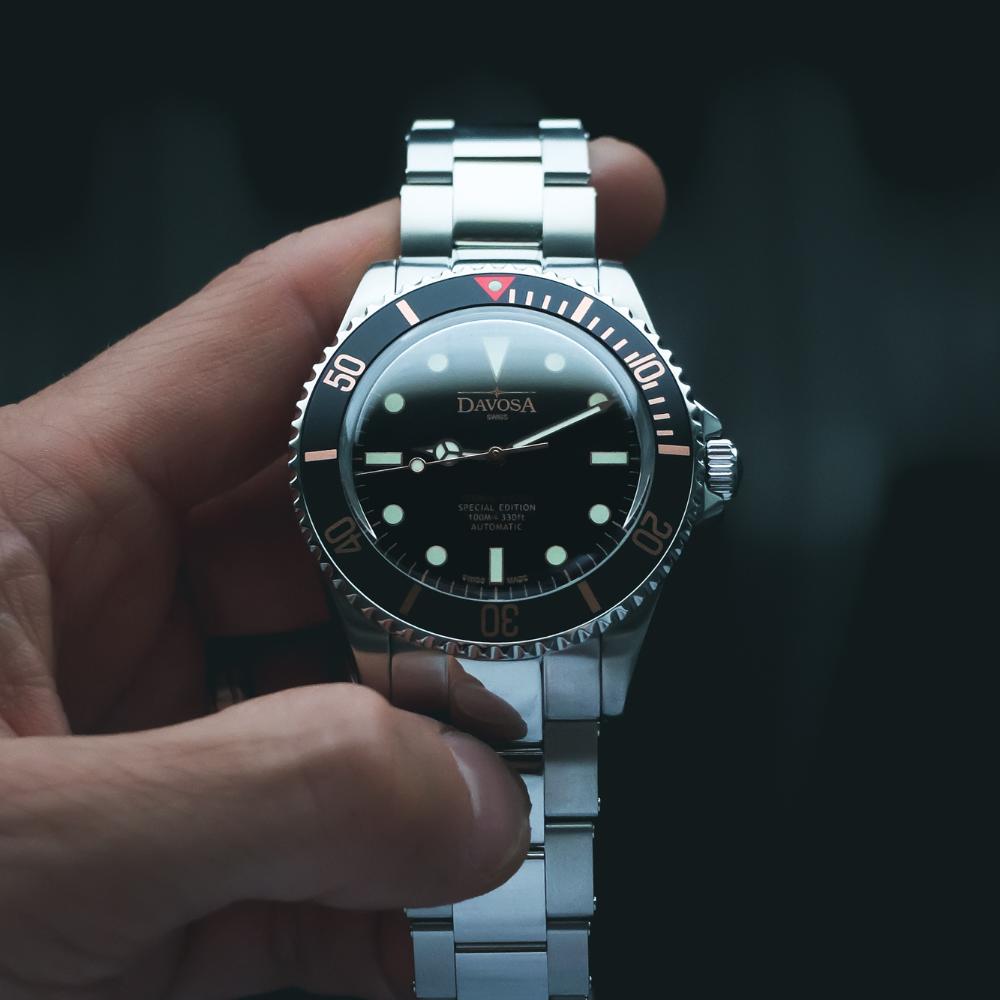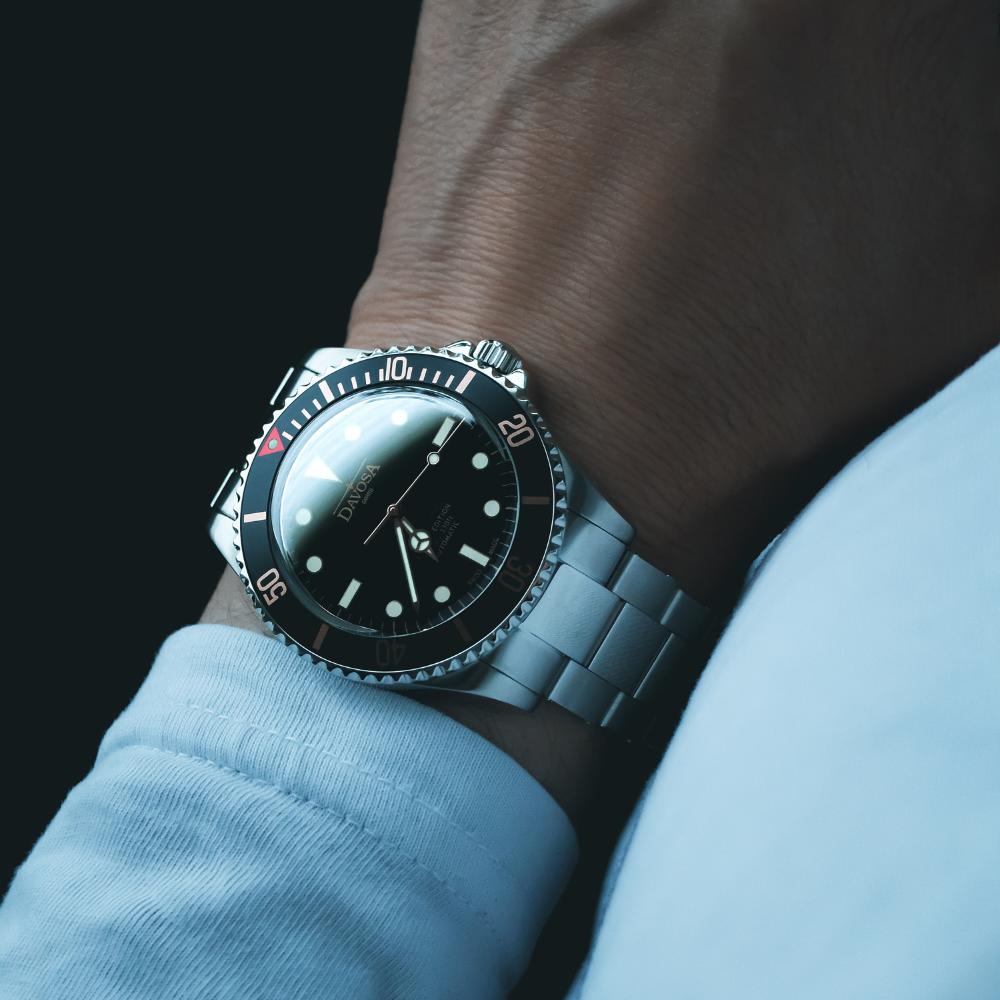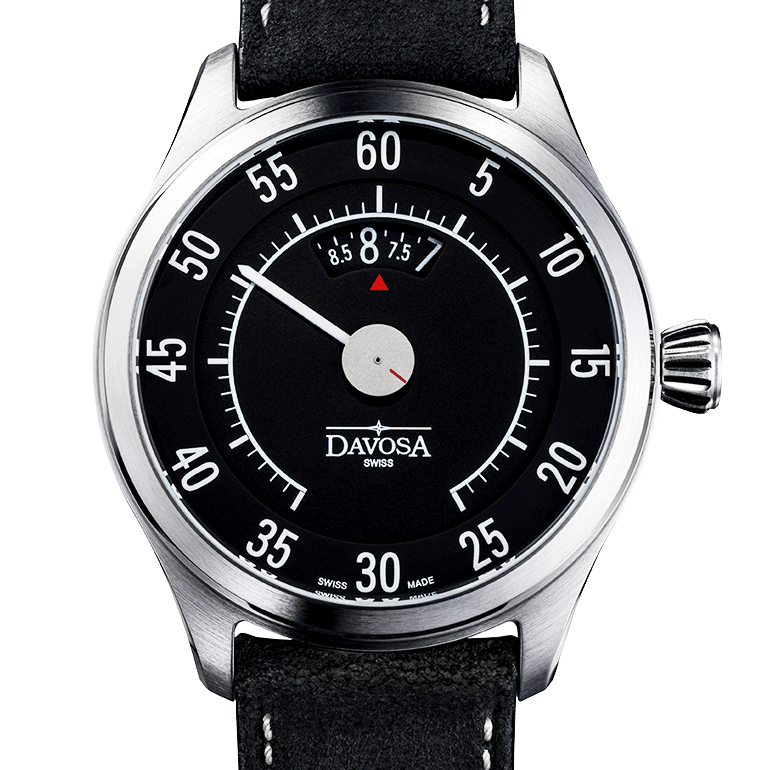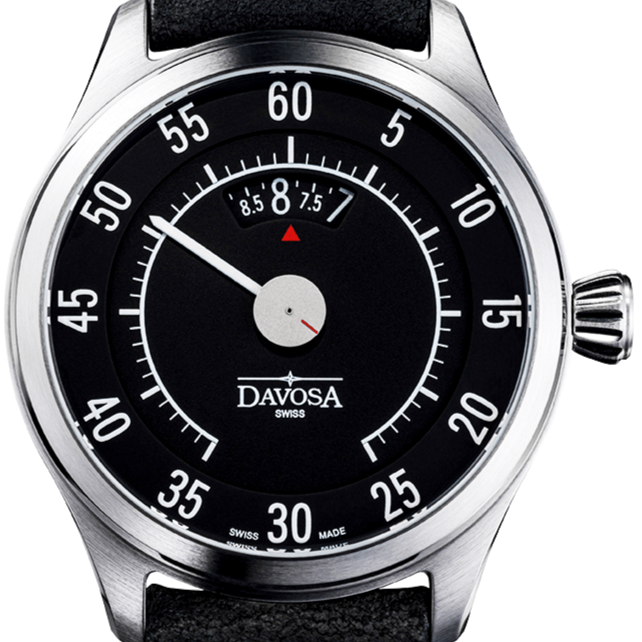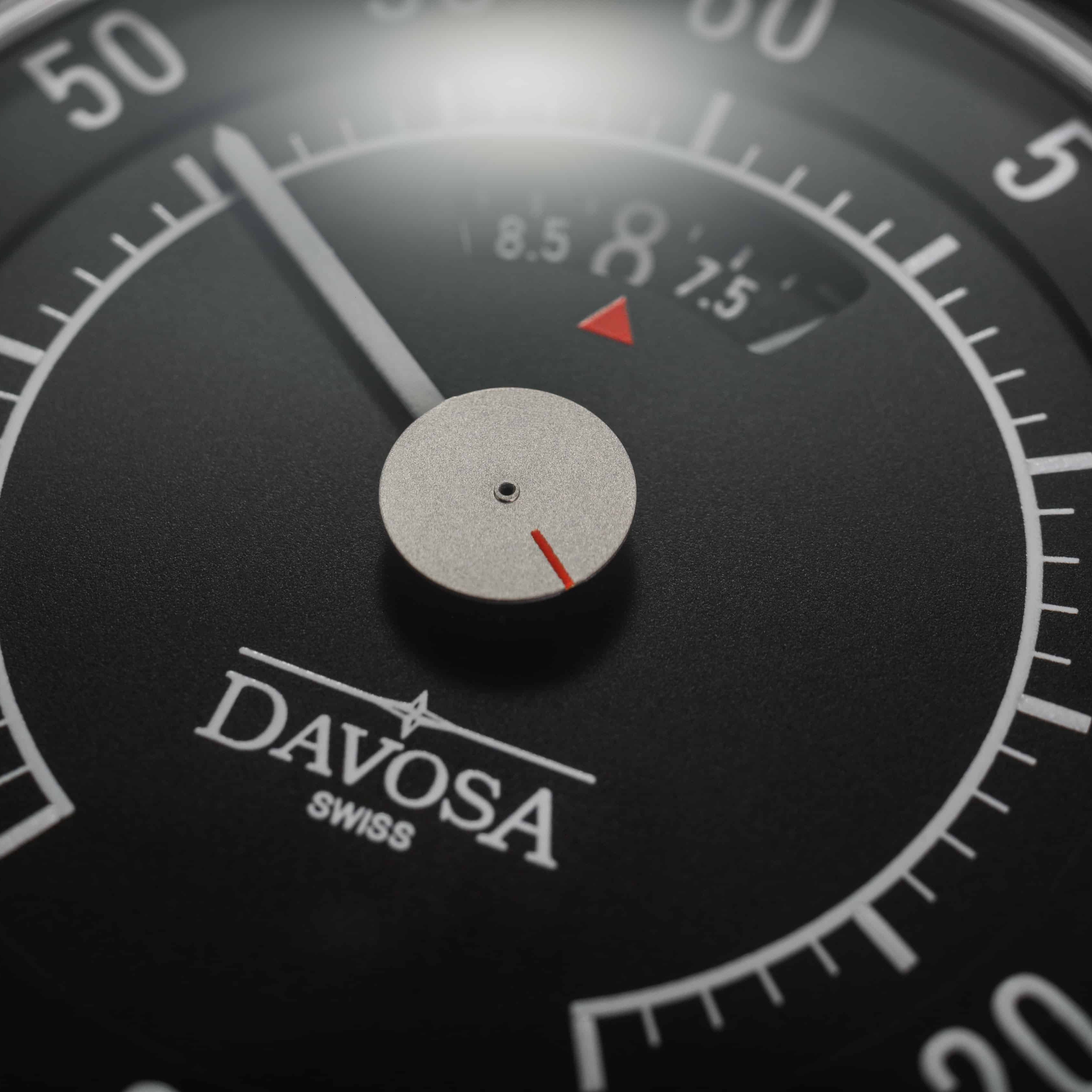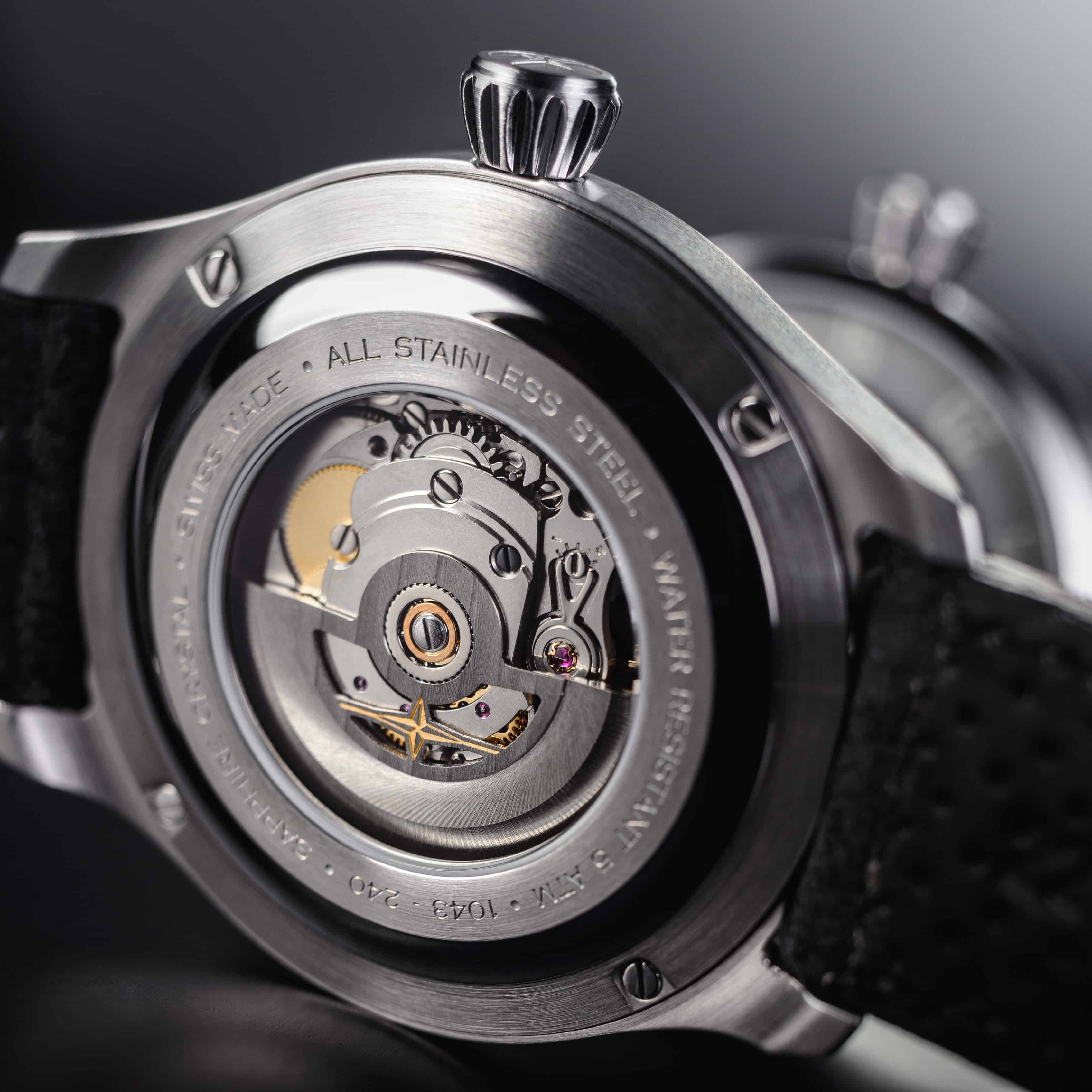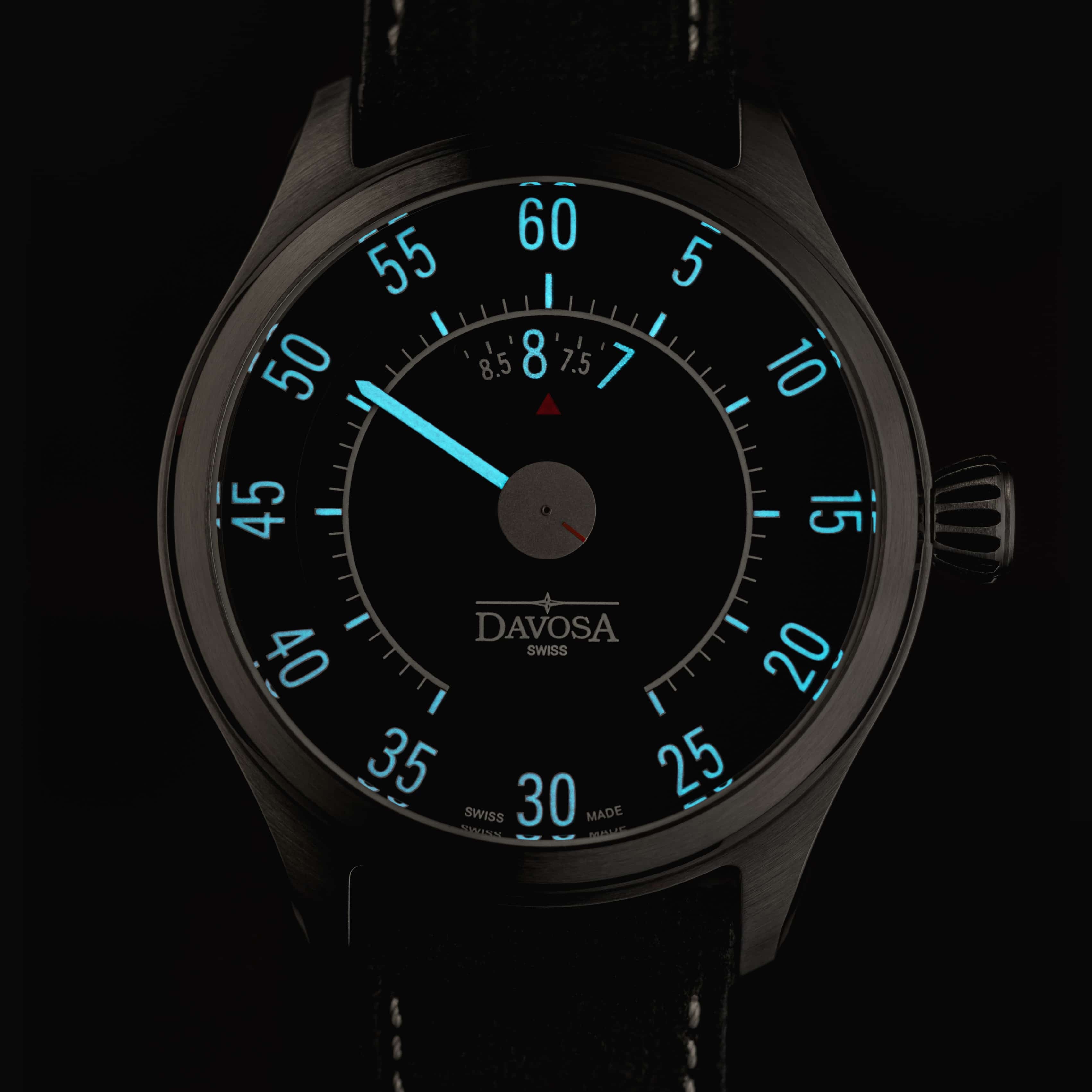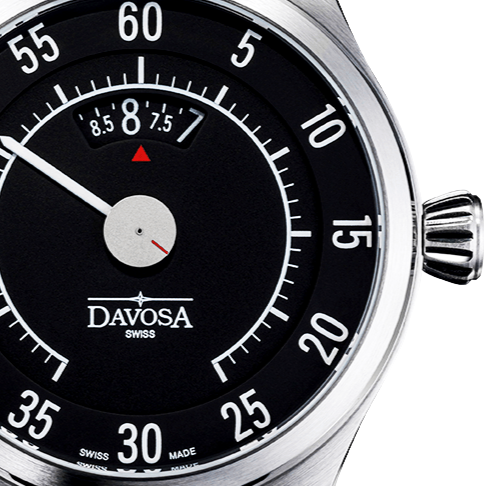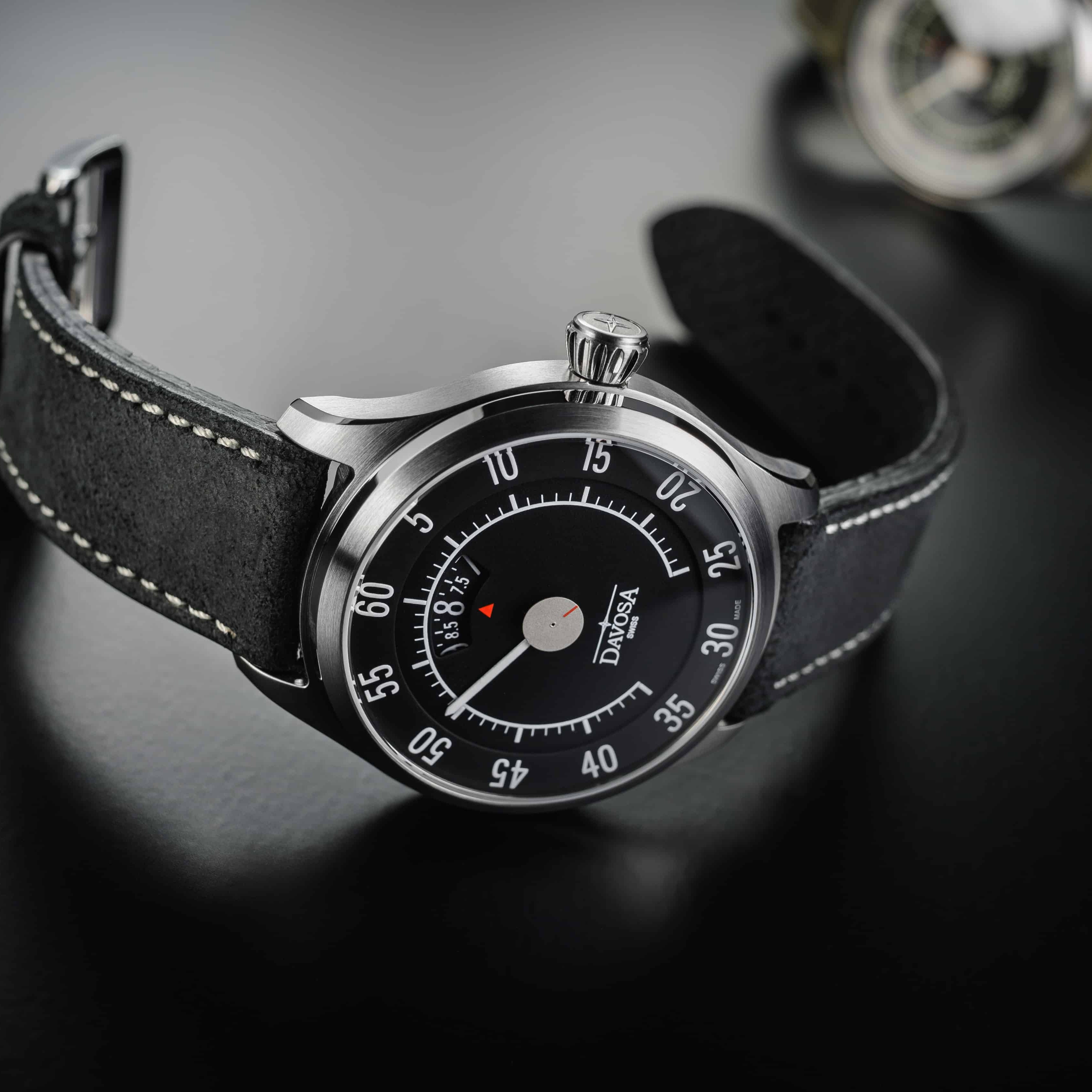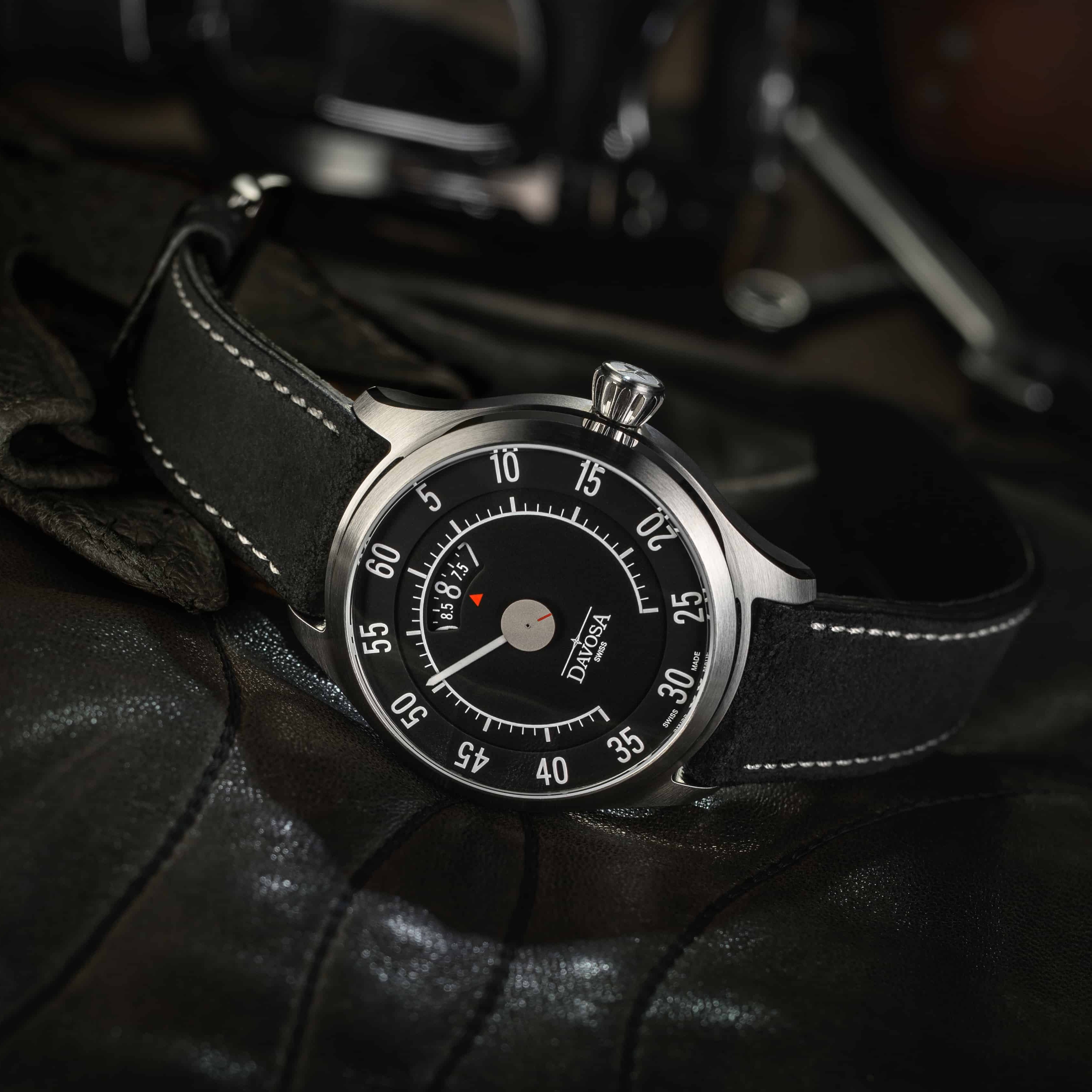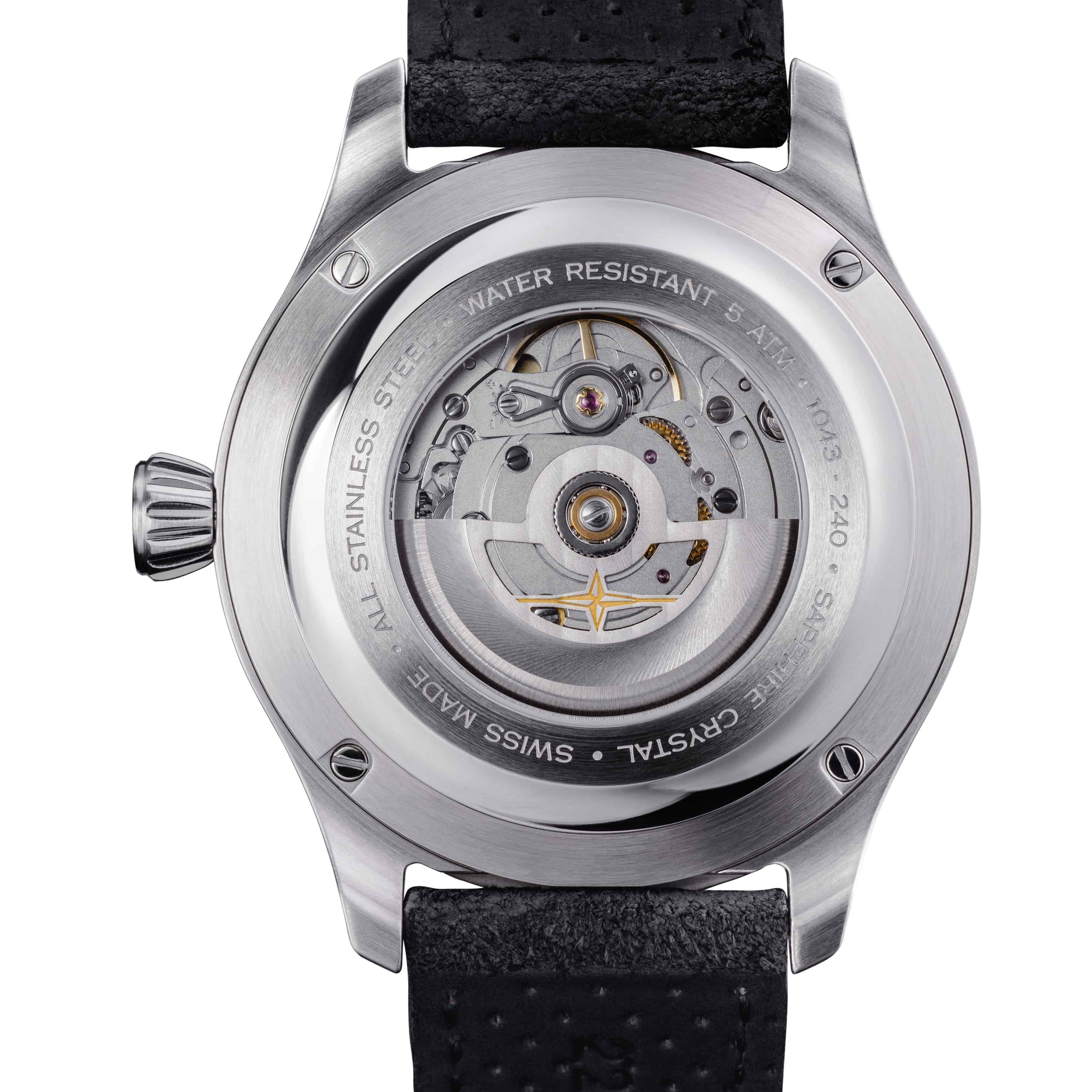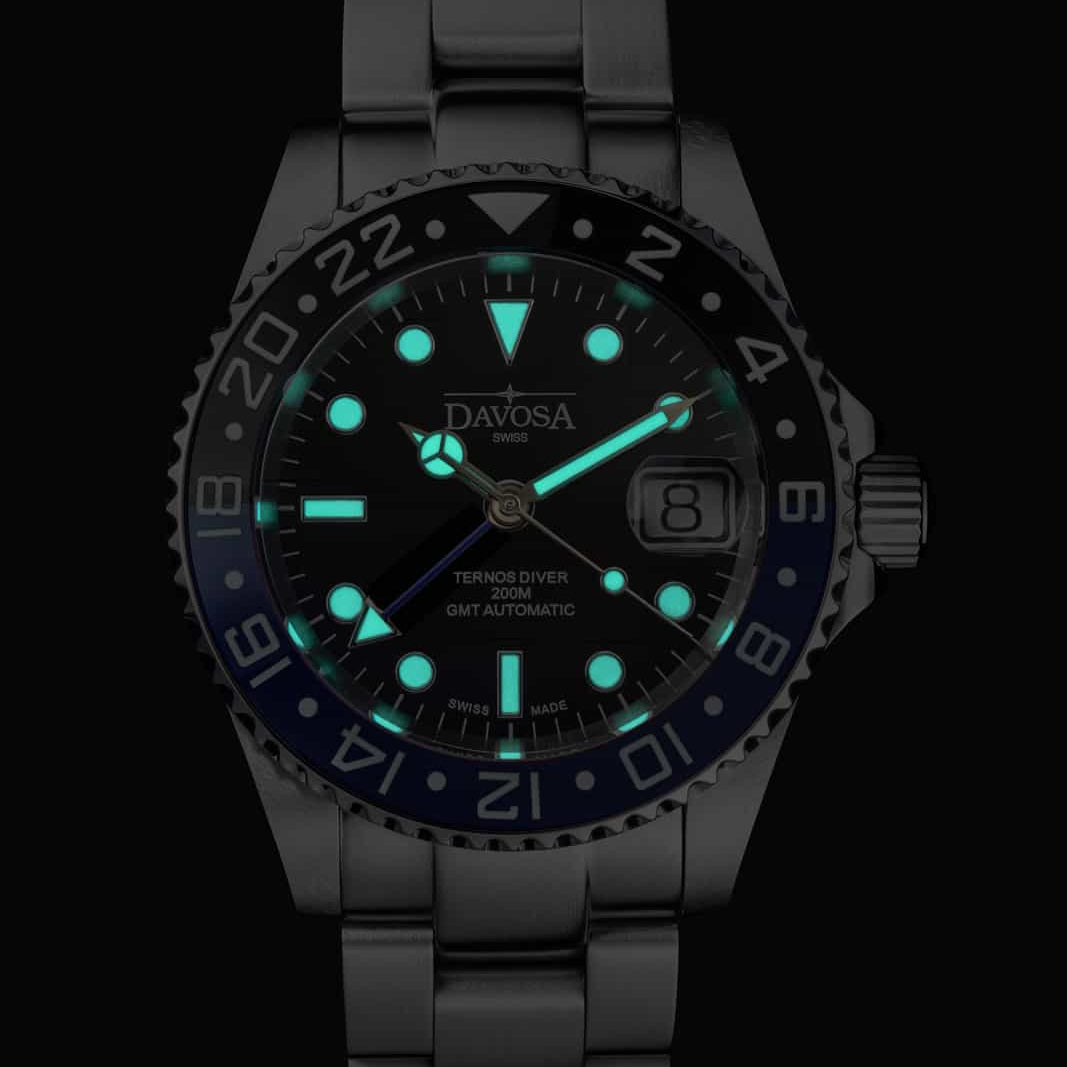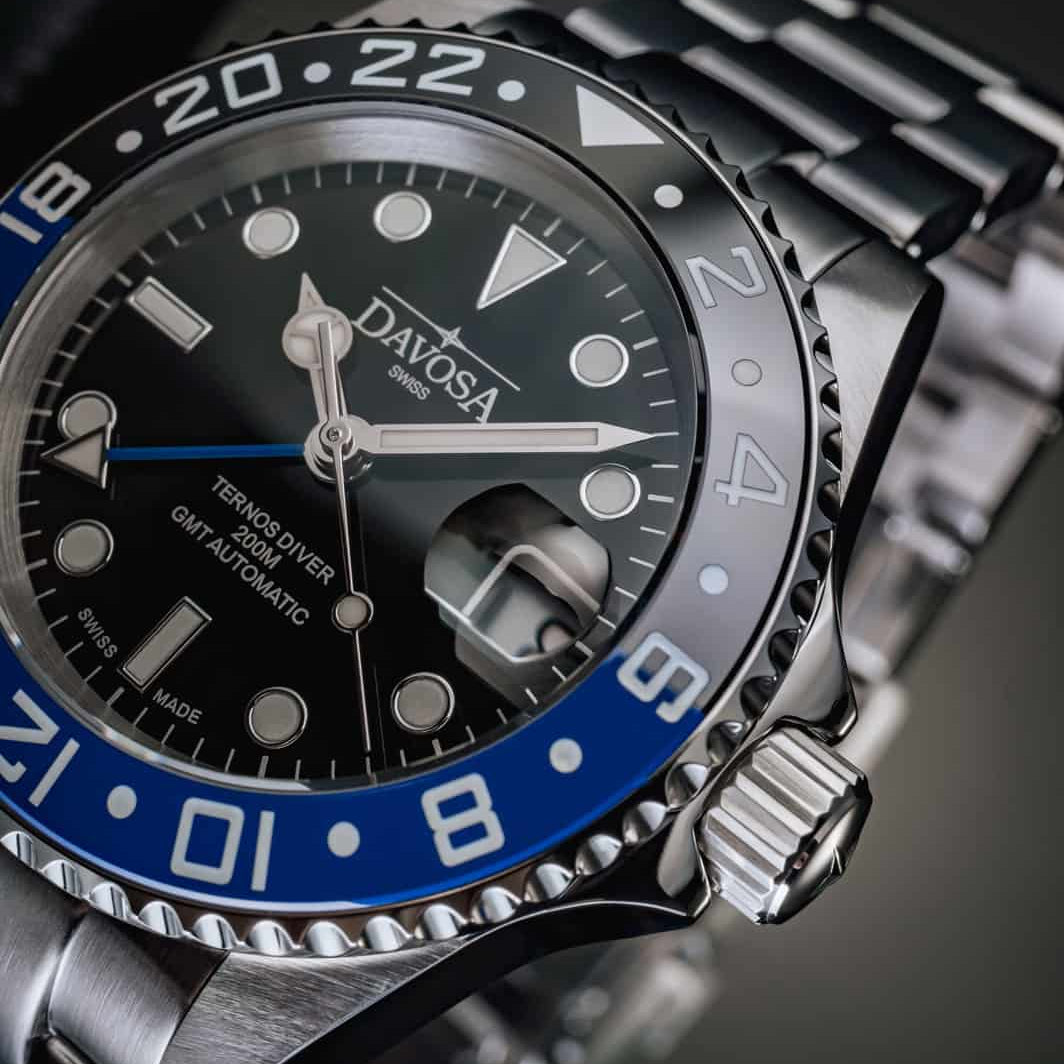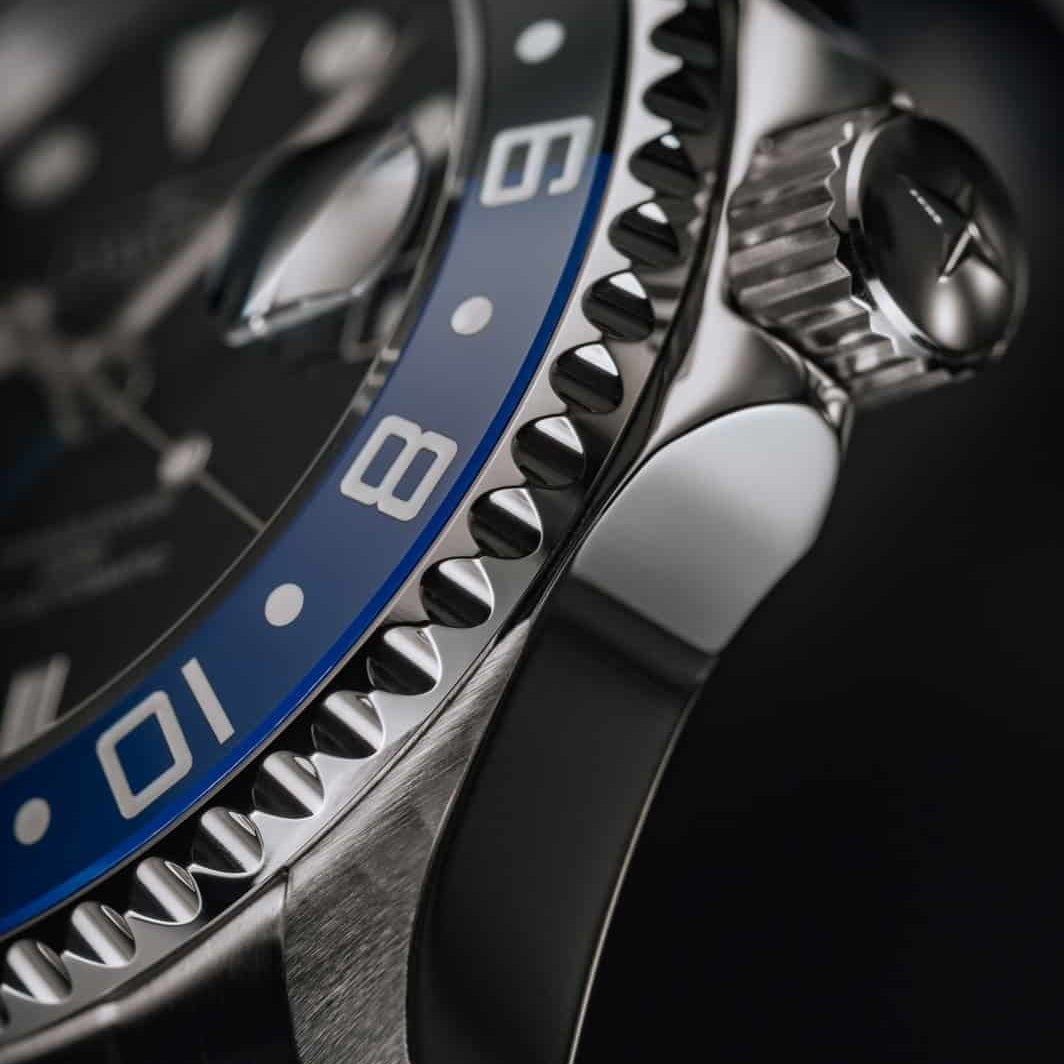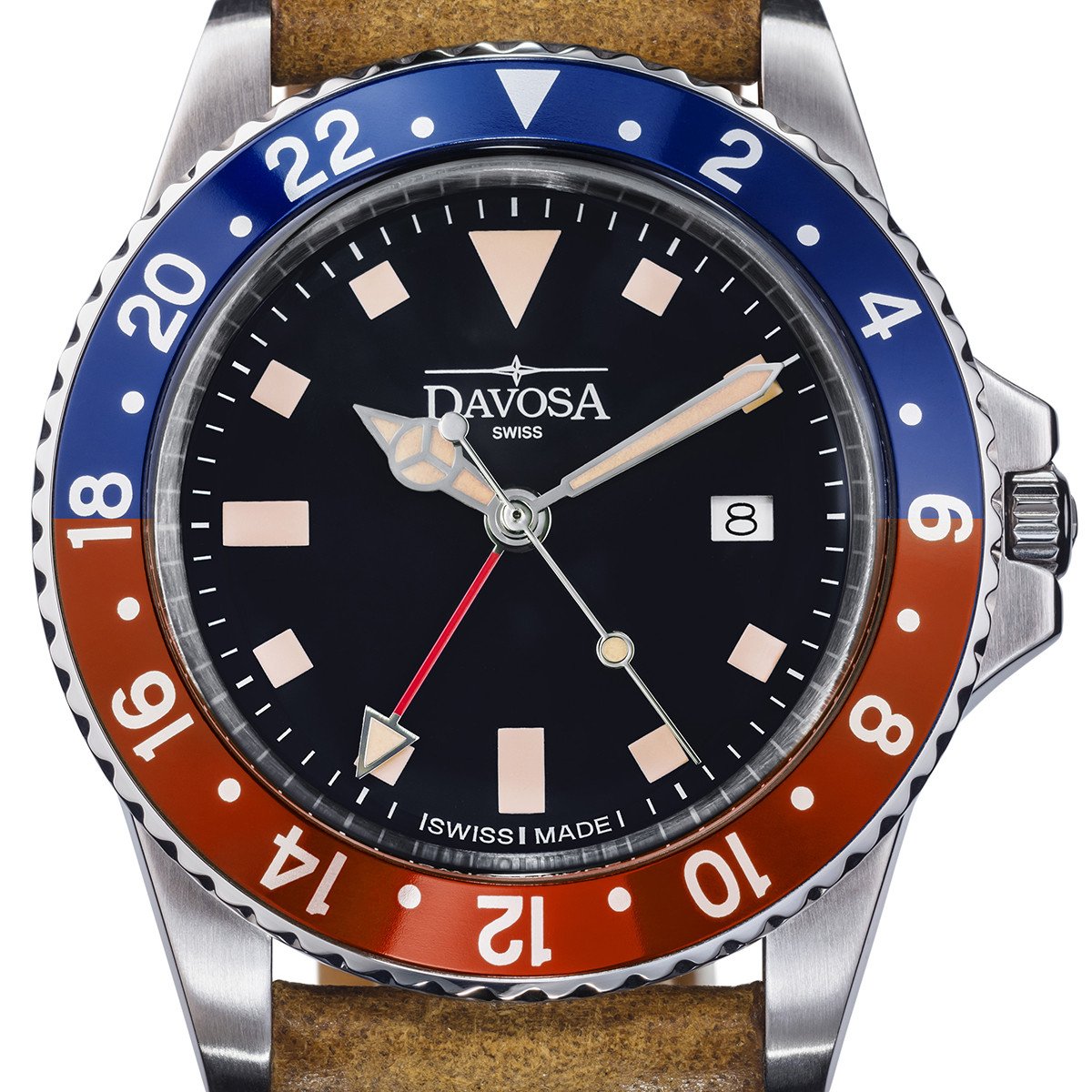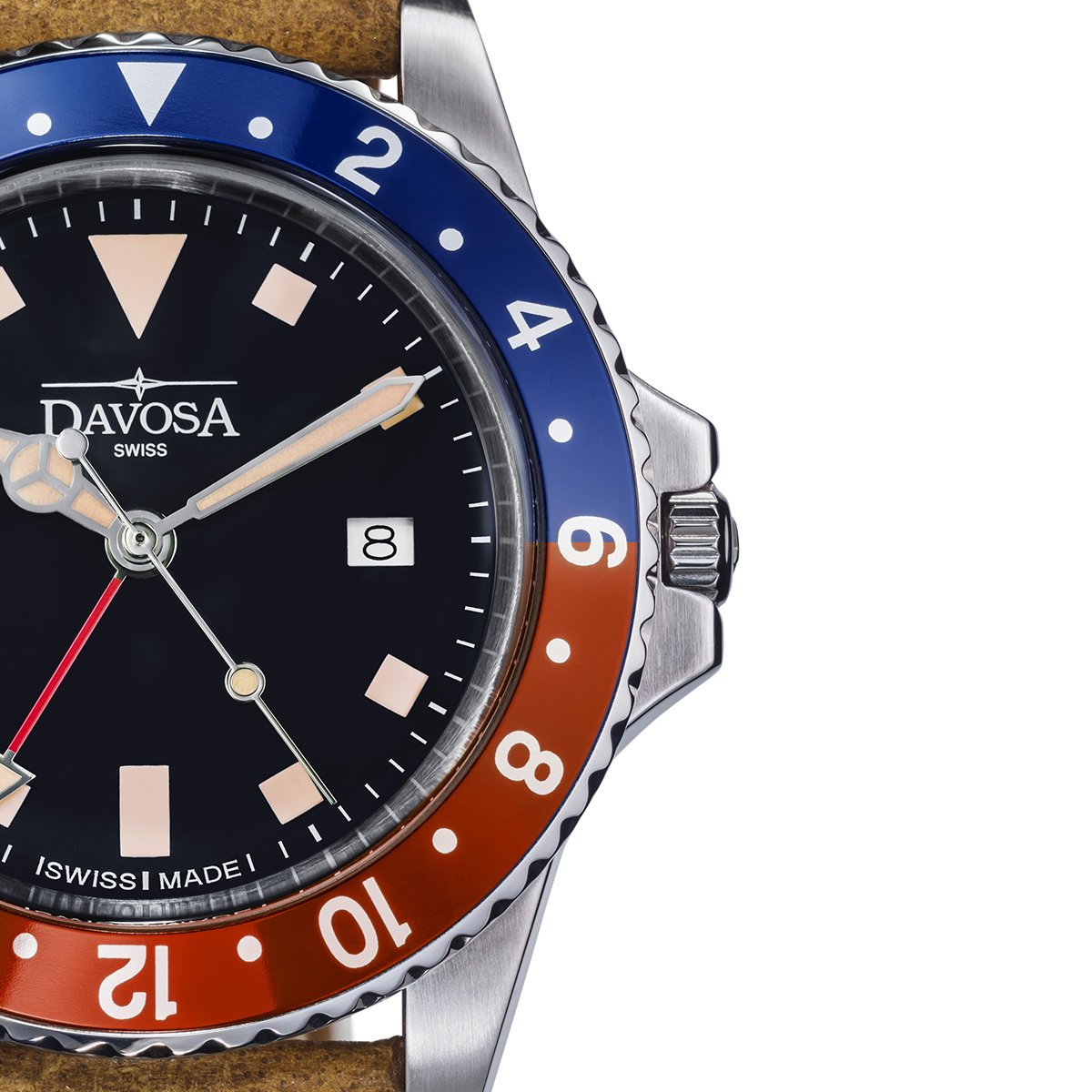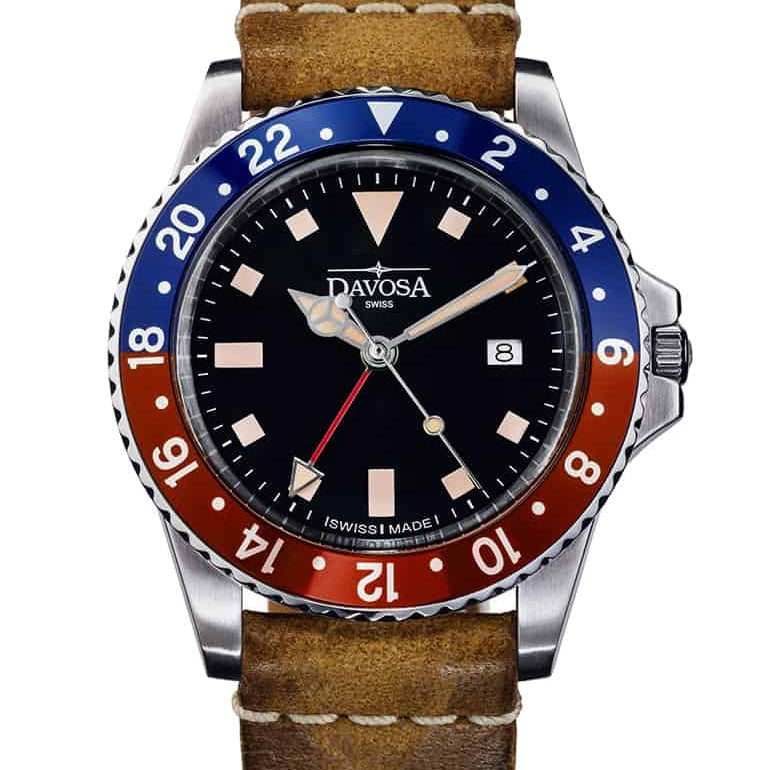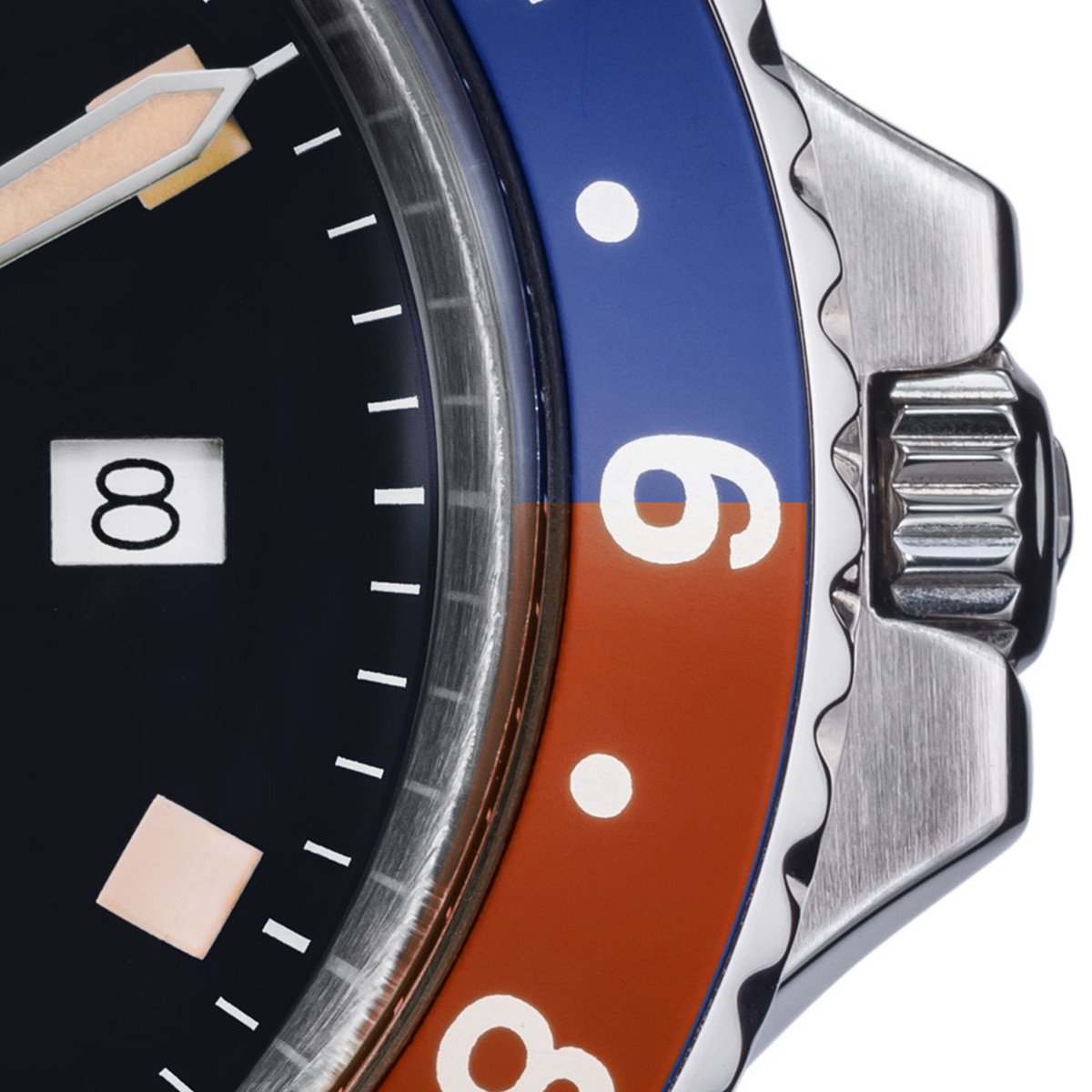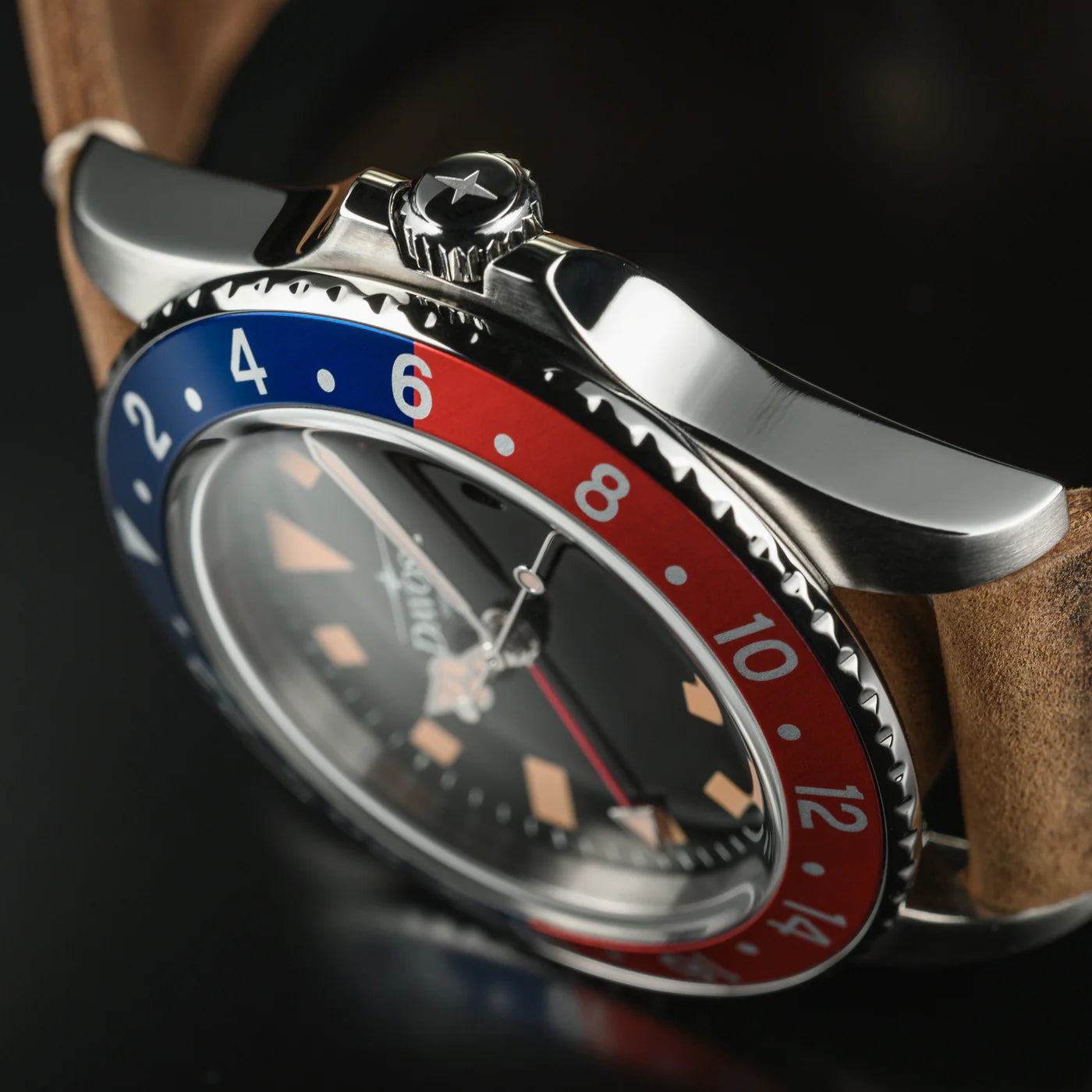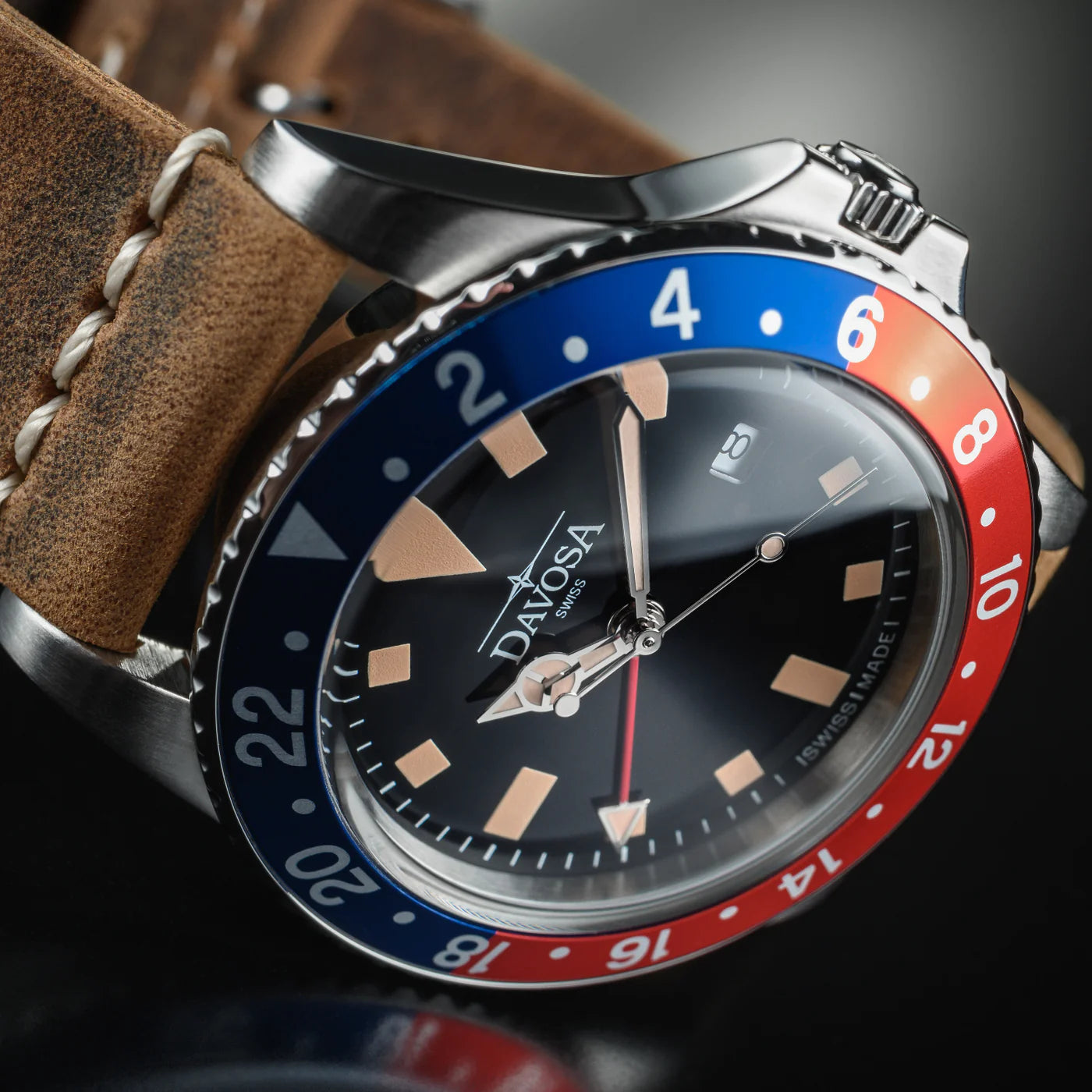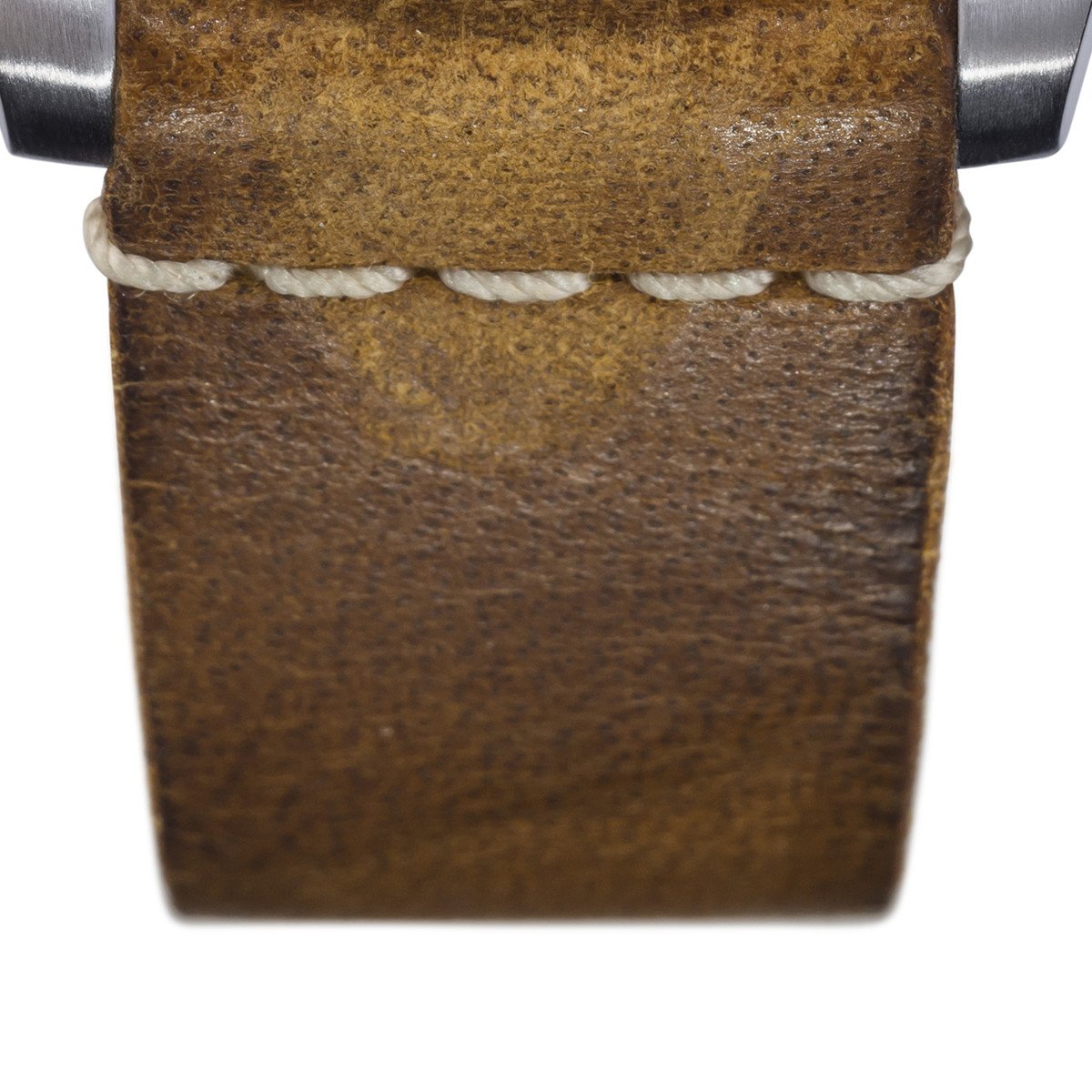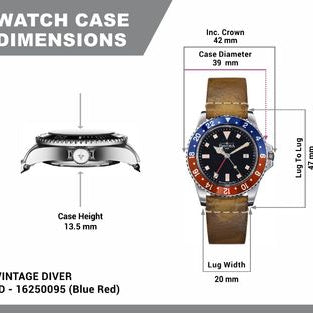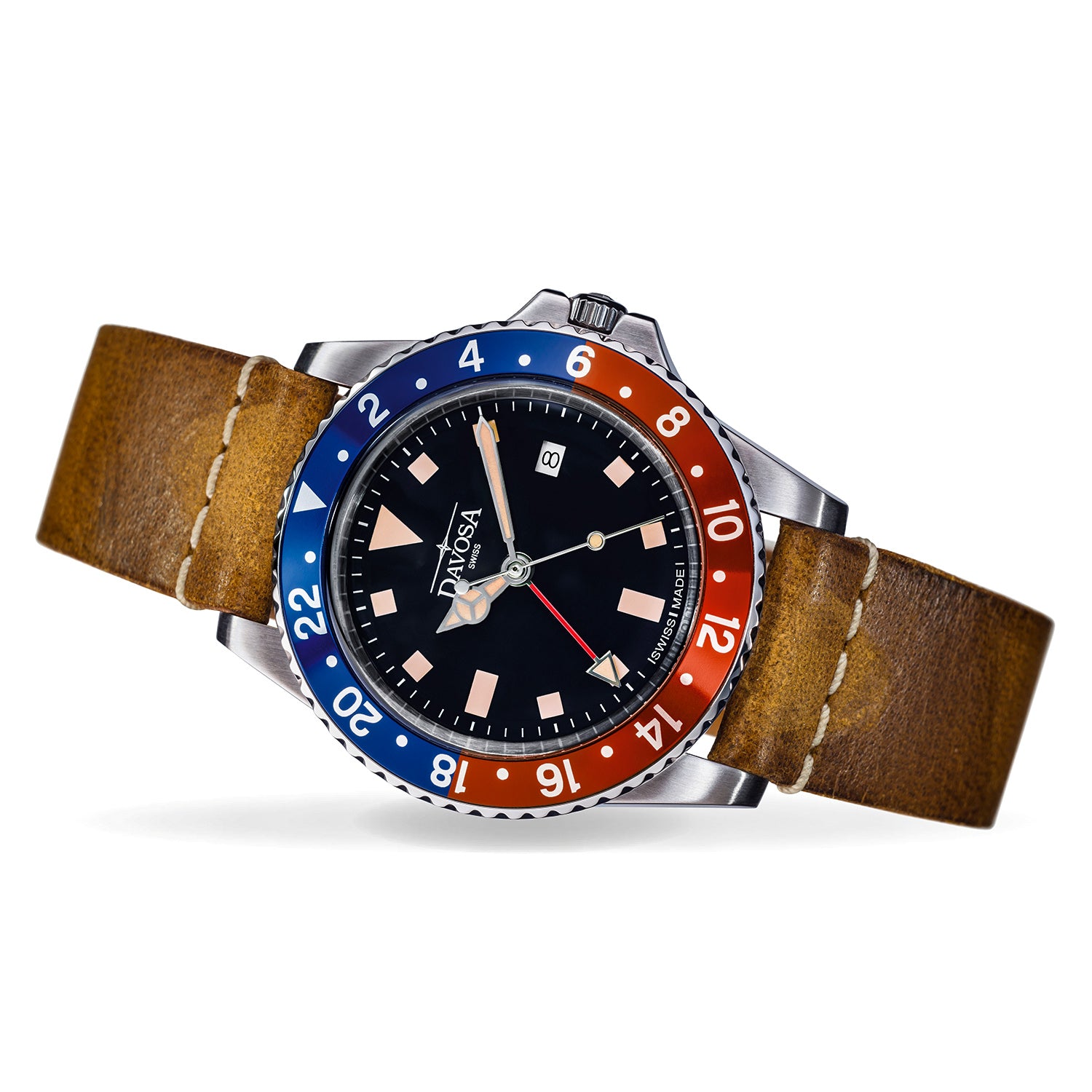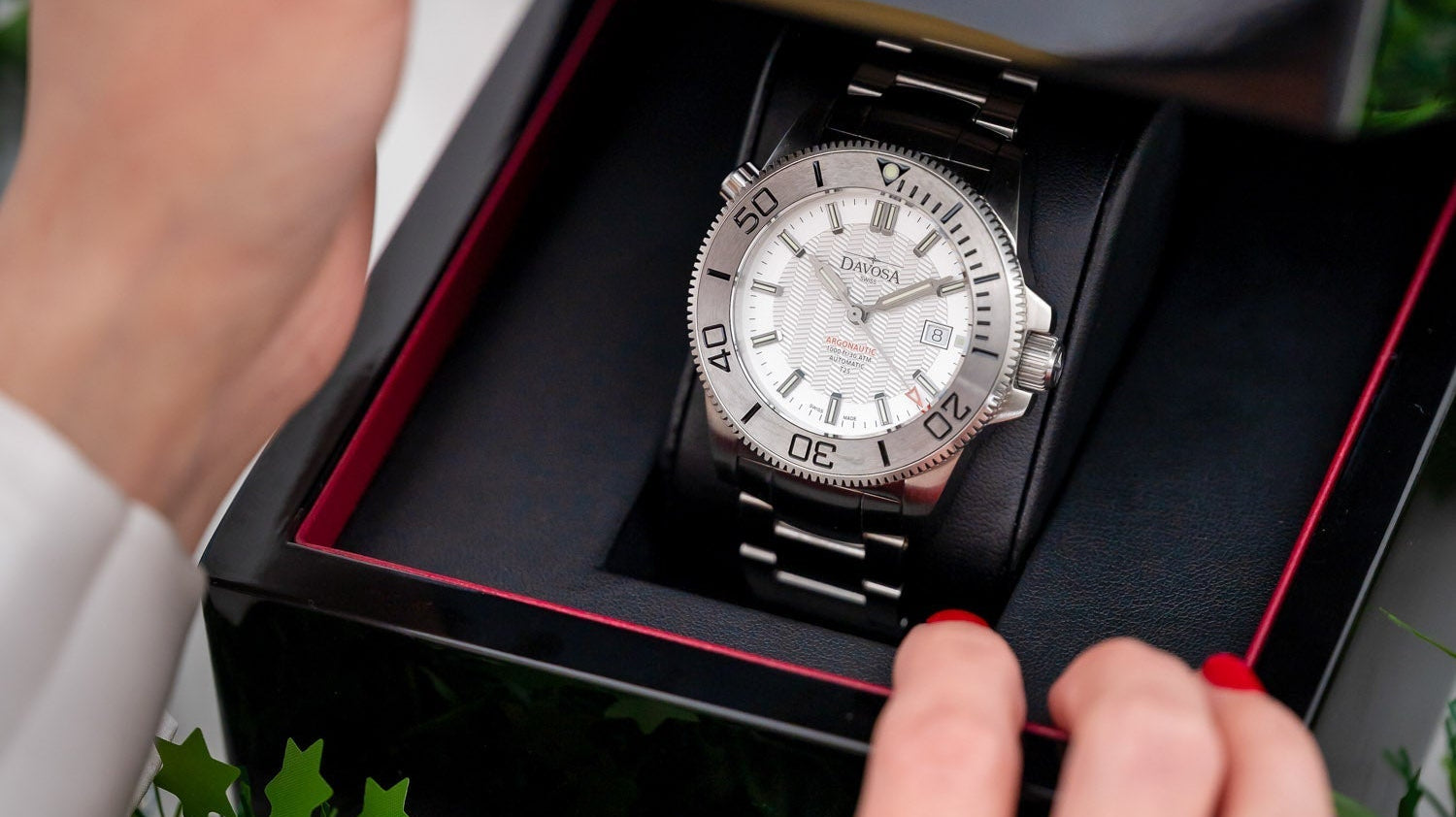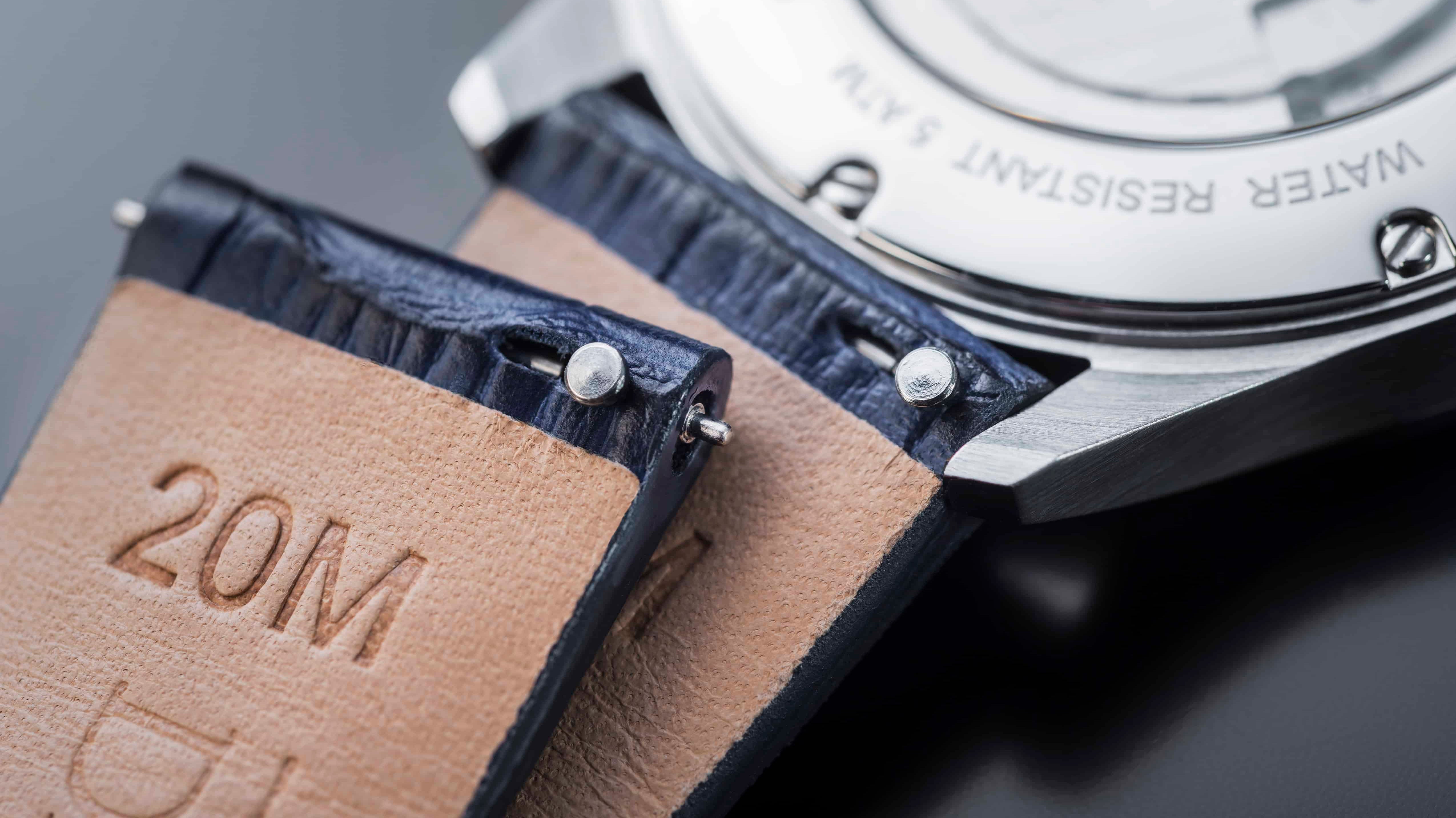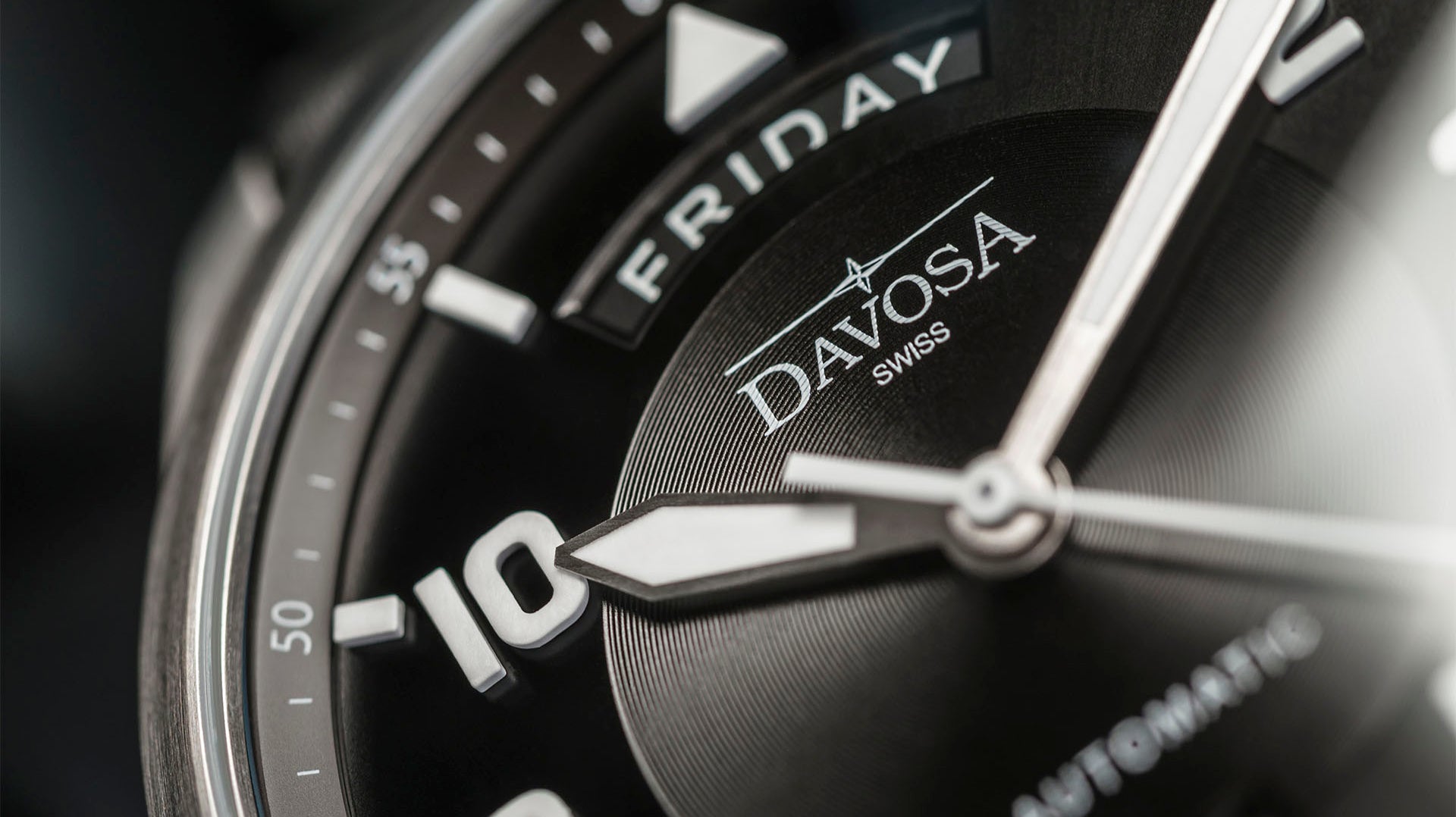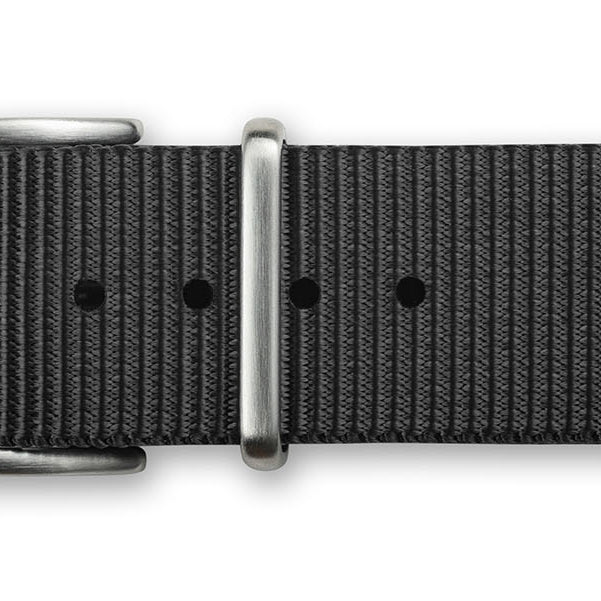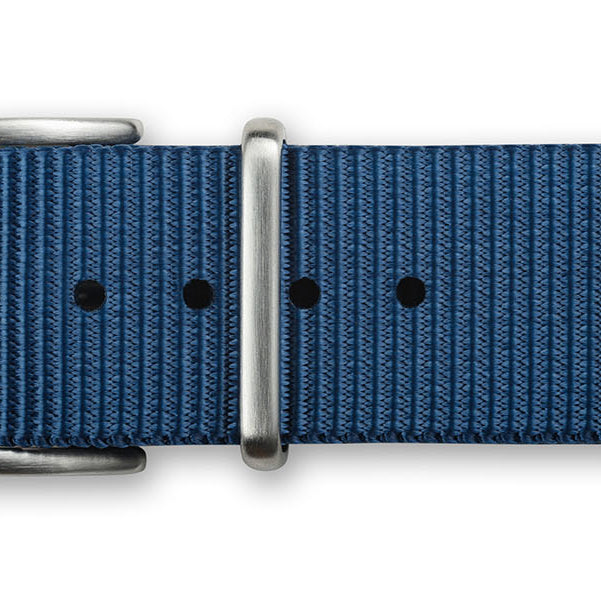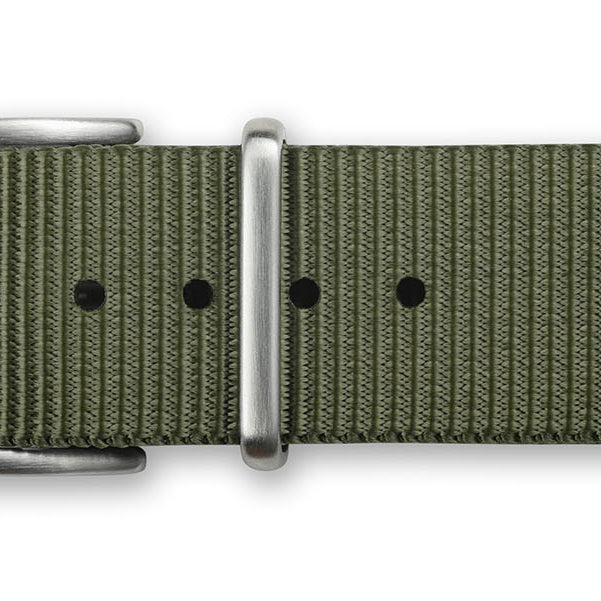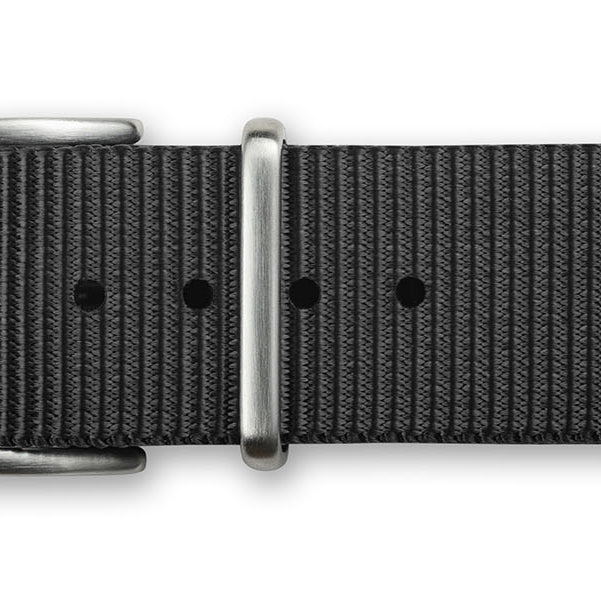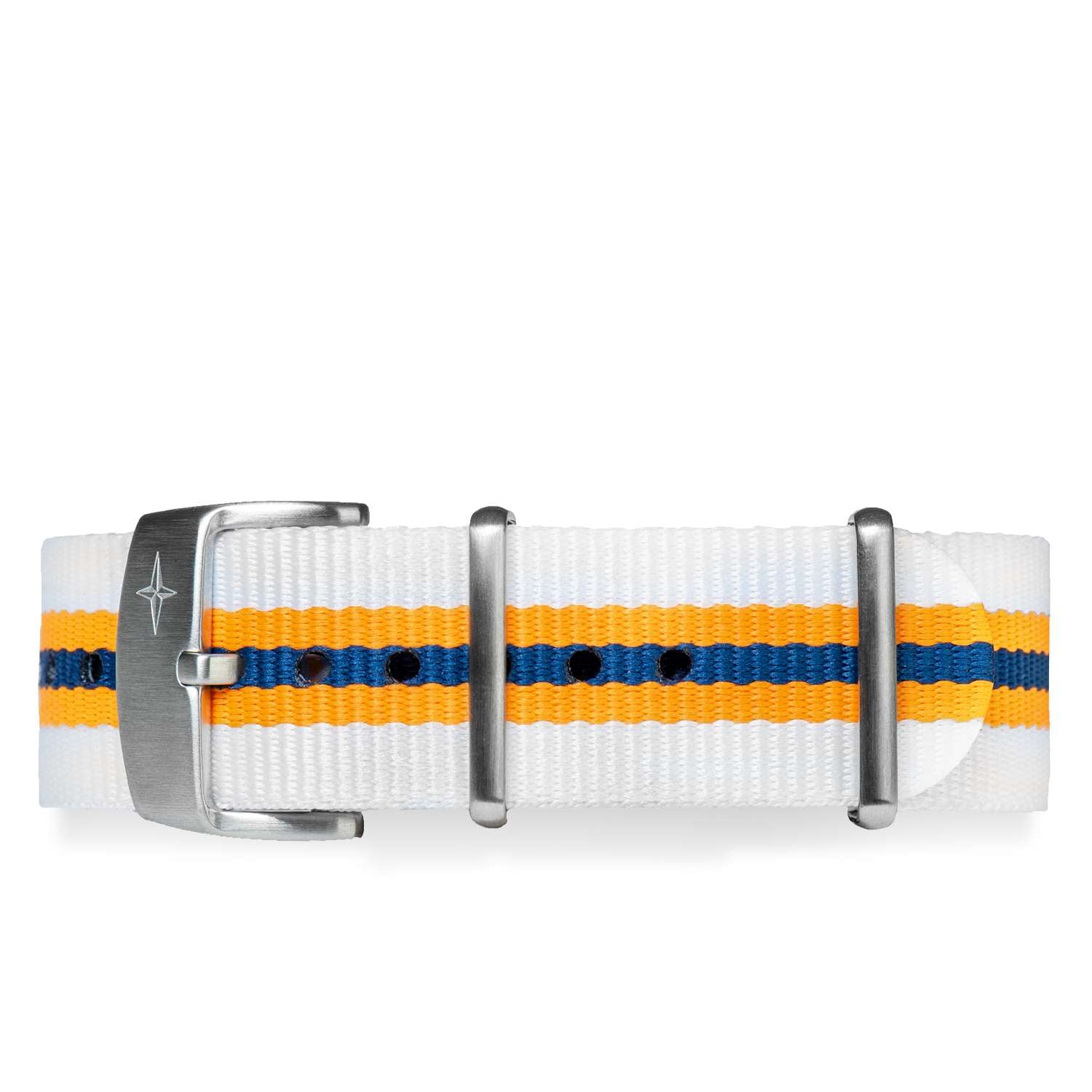The world of chronographs has always fascinated watch enthusiasts. Perhaps, the primary reason for this success is precisely in its ability to start and stop time, which gives us the illusion of dominating it. This specific function means that chronographs (and not chronometers, even though it might seem the opposite) have always been used to precisely calculate well-defined time intervals, mainly for scientific, sports, or military purposes. So, are you ready to dive into their fascinating history?
Time is running out!
What is a chronograph watch, and what is it used for?
First, let's explain the difference between chronographs and chronometers since often we find confusion between these two terms.
"Chronometer" is a term used to indicate an extremely precise watch. It dates back to the 1700s when nations were competing to develop the first marine chronometers, which were used to make an accurate calculation of the ship's position during navigation. Even today, this term is used for this purpose: there are several international control and verification bodies that serve to give the most accurate watches precisely the Chronometer qualification (which is often reported on their dials).
The chronograph, however, came later. Horology history used to mark 1821 as its birth date, an object created to meet the demands of the King of France, a fan of horse racing, who was interested in a timepiece that could show the performances obtained by the animals competing on the track.
And a Parisian watchmaker, Nicolas de Rieussec, developed the first chronograph, at that time, a kind of wooden box with two buttons. The first activated and stopped the tracking; the second used a stylus to impress a mark on a movable paper disk, which started rotating as soon as the chronograph started, each time you pressed a button. It was thus possible, by pressing the marking button several times, to obtain several points, indicating precise moments. This system, which today seems so awkward, but at the time was highly innovative, was called "chronograph", which means an object that "measures time by writing."
In reality, an even more ancient instrument has recently been discovered, which took the invention of the chronograph a few years earlier in history. It is the "Compteur aux Tierces" created by Louis Moinet around 1816, which is actually much closer to modern chronographs than de Rieussec's apparatus. Moreover, it displayed an exceptional performance, as it was capable of measuring 1/60th of a second mechanically.
Today, as then, the main applications of chronographs continue to be the same: their accuracy has been crucial in many cases to save lives. Just remember the Apollo XIII space mission, where the ignition of the spacecraft's rockets of precisely 14 seconds was carefully measured by astronaut Jack Swigert's Omega Speedmaster chronograph.
What is the difference between chronograph watches and normal watches?
The fundamental difference between chronographs and standard watches is that a chronograph measures specific time intervals through a user-activated command. At the same time, it allows the normal flow of time to be measured. These two functions, which occur together, distinguish a chronograph from a stopwatch, which instead only measures time intervals, but cannot show the time.
There are two main types of mechanical chronograph systems. The first was integrated into the movement, and was based on the operation of a particular wheel, called a column wheel, which made chronograph movements such as engagements and stops of the chronographic function smoother and more precise.
The second was developed later. It was a simplification of this complex and costly system, based on a system of levers and cams that avoided the need for a column wheel. More, it could be built in an add-on module that companies can superimpose on a traditional movement. The most famous manufacturer of these modules is Dubois-Depraz, a specialized company that has worked with all the big names in the Swiss watchmaking industry. Incidentally, the first automatic watch movement, called Chronomatic, was developed in 1969 by a consortium of companies where Dubois-Depraz was an influent member.
In a mechanical watch movement, the chronograph function requires two different wheel trains, precisely because the two processes must be linked but have to stay independent of each other. Obviously, in a digital quartz movement, this is simpler since everything happens thanks to the programming of a microchip that controls the various functions of the timepiece, and the results are displayed on an LCD screen.
Often chronographs have particular scales on the dial or the bezel, which were used to make calculations when the world did not have available tools such as computers. It was typical, in fact, to use pilot's chronographs to calculate the route of airplanes or racer watches to calculate the speed of a vehicle. And although these scales are no longer used today, they can be found in vintage watches and as a stylish design element in many modern timepieces.
How do you use a chronograph watch
The most common way to use a chronograph is to measure a time interval. The watchmaking industry has created many different chronograph movement designs, so they are controlled differently by buttons on the watch. The most common design features two buttons: the first starts and stops the timekeeping, and if pressed again, restarts it from the point it had reached. The second one, on the other hand, resets the timing to zero.
Still, there are others, such as the so-called Rattrapante, which are more sophisticated, and also allows you to measure split times within a measurement of a complete course, or the racing chronograph, which calculates a countdown to an event (in this case, the start of the race). Everything becomes much more flexible with electronic chronographs, which allow for many more measurements.
The second way to use the chronograph is to use the different scales reported on the dial or bezel to make additional calculations - and there are historically many of these, ifrom the most common to the most exotic, including:
- the tachometric scale, which allows you to calculate the speed of an object moving over a known distance;
- the telemetric scale, which allows calculating the distance of an event from the observer based on the speed difference between light and sound;
- the pulsometric scale, which allows you to quickly count the number of pulsations per minute of a person;
- the asmometric scale, which instead allows calculating the number of respirations per minute;
- and finally, some really abstruse scales, such as the filmometric scale, which allowed to trcord the number of inches of 35 mm film consumed in an interval of time.
As you can easily understand, nowadays, these scales represent historical curiosities, but they are part of the reason why the fascination with chronographs continues to charm watch lovers.
Who uses a chronograph watch?
Chronographs were born historically for technical applications and have always had this function of "tool watches." Over the years, especially after the Great War, a chronograph was a very sophisticated technological object - a bit like owning the latest version of the iPhone today - and so, even people who tended not to need these functions bought them for personal pleasure. This also explains the great abundance of dress watches featuring chronograph functions, perhaps with gold cases, you can find on the vintage market today.
However, if we return to the history of watches of this type, we can find five main categories of users: astronomers, the military, sailors, air pilots, and athletes.
- Astronomers: observing the movement of stars and celestial bodies has always required very high precision in calculations and measurements. And for this reason, the first actual chronograph created by Louis Moinet was dedicated to this use. However, Moinet had built it to facilitate his scientific calculations and was not interested in producing it industrially. For him, his "Compteur" was exclusively a professional instrument.
- The military: the second category interested in chronograph applications is the military. For example, the chronograph with a telemetric scale was used in the field of artillery. By calculating the time between the flash of the shot and the sound of the explosion, it was possible to calculate the distance at which the artillery shell had arrived. Thus the accuracy of the cannon could be assessed and eventually corrected.
- Sailors and airmen. Although these two professionals move in two different environments on different ambients and at operate different speeds, they have something in common: the need to trace an exact course. And the use of a chronograph makes it possible to do precisely that: to calculate with precision the point where you are and the route to follow to reach your destination.
- The sportsmen. In this category, we really find many different figures. First, we see all those who measure sports performance, such as timekeepers, and also, athletic trainers of professional and amateur athletes, who use the chronograph to measure performance and push them to do more and better (or the athletes themselves). And finally, car drivers who traditionally used chronographs to evaluate the sporting performance of their driving.
But that doesn't mean you can use a chronograph for other applications. For example, to determine, as we've seen, a patient's pulse and respirations. Or, more prosaically, calculate the perfect cooking time for your roast!
What are the three dials on a chronograph watch?
As we mentioned, chronographs have two different systems for measuring time. And because of this, they also need to show the results of these measurements through indicators. This is not a problem for quartz watches like digital chronographs, but it becomes a problem for analog timepieces, which display this information using hands.
This is why all chronographs have several different sub-dials that help show the results of these measurements - typically two or three in addition to the main dial that shows the time. To indicate the number of subdials, people use the terms BiCompax and TriCompax, depending on whether there are two or three subdials.
On a typical chronograph, there are two second hands. The one on the time side rotates typically in one of the subdials. In contrast, the one on the chronograph side - for the sake of measuring accuracy - is almost always centrally mounted and, when operated, makes one revolution on the dial in 60 seconds. So, you need to have at least one other indicator showing minutes if you want to measure time intervals that fall within this period. And it happens similarly with the number of hours, if you want to go further in measuring longer time intervals.
This means that, usually, a BiCompax chronograph, assuming one of the subdials measures seconds of standard time, allows you to measure a time interval of up to an hour. In contrast, a TriCompax chronograph can go up to a full day of measurement if these subdials are exclusively used for chronograph indications.
Is it bad to leave the chronograph running?
Despite what people commonly think, not really. A watch is basically a tiny machine created to perform a particular function, which is to measure time. However, in the case of a chronograph, the device becomes more complex. Instead of a single train of wheels, there will be two different and independent ones measuring different quantities.
The remarkable thing about the chronograph, as well as other horological complications, is that this function can be switched on and off at the user's will for their needs but is designed to work reliably when required.
This means that, despite common opinion, it is possible to leave the chronograph function on without incurring any adverse effects on the efficiency of the timepiece. The only results will be increased consumption of the mainspring power, as the mechanism has to drive two trains of wheels and not just one, and increased friction in the inner workings, which causes the watch to need regular overhauls to keep working reliably.
However, what might change things is constantly operating the internal mechanisms, hence the different levers, gears, and wheels, which precisely accentuates this need for lubrication to keep the watch in full working order.
But beyond this, if you happen to leave your chronograph running by accident or by choice, there's no need to despair: your timepiece is made to withstand tests far more demanding than leaving it running.
How long do chronograph watches last?
Over the years, watch production has become increasingly reliable and industrialized. Nowadays, a watch, whatever kind it is, offers a virtually eternal service if it is treated with due care as any self-respecting machine: that is, it is used responsibly, without subjecting it to excessive stress, and above all, making a scheduled maintenance every five years.
This maintenance interval takes into account both the technical characteristics of the watches and those of the lubricants used, which today are mineral and therefore no longer subject to the organic decay that occurred in the past. This fact has considerably increased the intervals between ordinary maintenance of watches: think that in the Fifties, before the introduction of mineral oils, the most popular repair manuals written by authors such as DeCarle and Fried suggested routine care of mechanical watches every single year.
Remember that, in general, the cost of maintenance service on a chronograph - or any other watch with complications - is directly proportional to the complexity of the watch mechanism itself. So, in the case of a chronograph, this will be more expensive on average than a service performed on a time-only watch.
Can a chronograph be a dress watch?
Not all chronographs are born equal, but the answer is yes: some models were - and are - excellent dress watches. The main problem is that several timepieces of the past, for reasons of use, were very large, and because of this, beyond the professional use, no one would wore them on social occasions.
We must say that since the Sixties, the social rules of dress etiquette about wearing a watch have changed enormously. Many chronographs that no one would ever have dared to wear with a dress, today are instead not only accepted but appreciated.
As far as size is concerned, diameters that once would have been important are now considered normal, and therefore, even the most sporty chronographs of a few years ago are worn without problems. The same can be said about the composition of the case: until the Seventies, any watch that was not made of gold would not be worn on formal occasions, while today, it is very common to wear steel timepieces even with tuxedos.
For example, a chronograph such as the Rolex Daytona is now considered very suitable for business meetings or social events, as the smart casual style has now taken over social conventions. However, there are hints that this trend is changing: the latest releases by major watchmakers seem to suggest that a return to classic elegance is in sight.
However, even if this trend is confirmed, it certainly won't happen overnight, so watch collectors shall rest assured that they will be able to wear their favorite chronographs on formal occasions for a long time to come.
To close
Chronographs are strange watches. Almost no one uses them for their primary function, yet everyone wants them. And this characteristic really takes us back to their origins as timepieces, recovering that playful aspect that exists in every field and in watchmaking in particular.
The fact of pressing a button, and seeing something happen that we have directly decided, is gratifying and satisfying. And this childish, intimate and deep feeling of accomplishment explains, perhaps, the success chronographs have and continue to have in the world of watchmaking.
The Davosa-USA.com website is NOT affiliated in any way with Audemars Piguet, Franck Muller USA, Inc. Richard Mille or Richemont Companies, Seiko, or any other brand which is not Davosa Swiss. Rolex is a registered trademark of Rolex USA. Davosa-USA website is not an authorized dealer, reseller, or distributor for Rolex and is in NO WAY affiliated with Rolex SA or Rolex USA or any other brand besides Davosa Swiss. |

